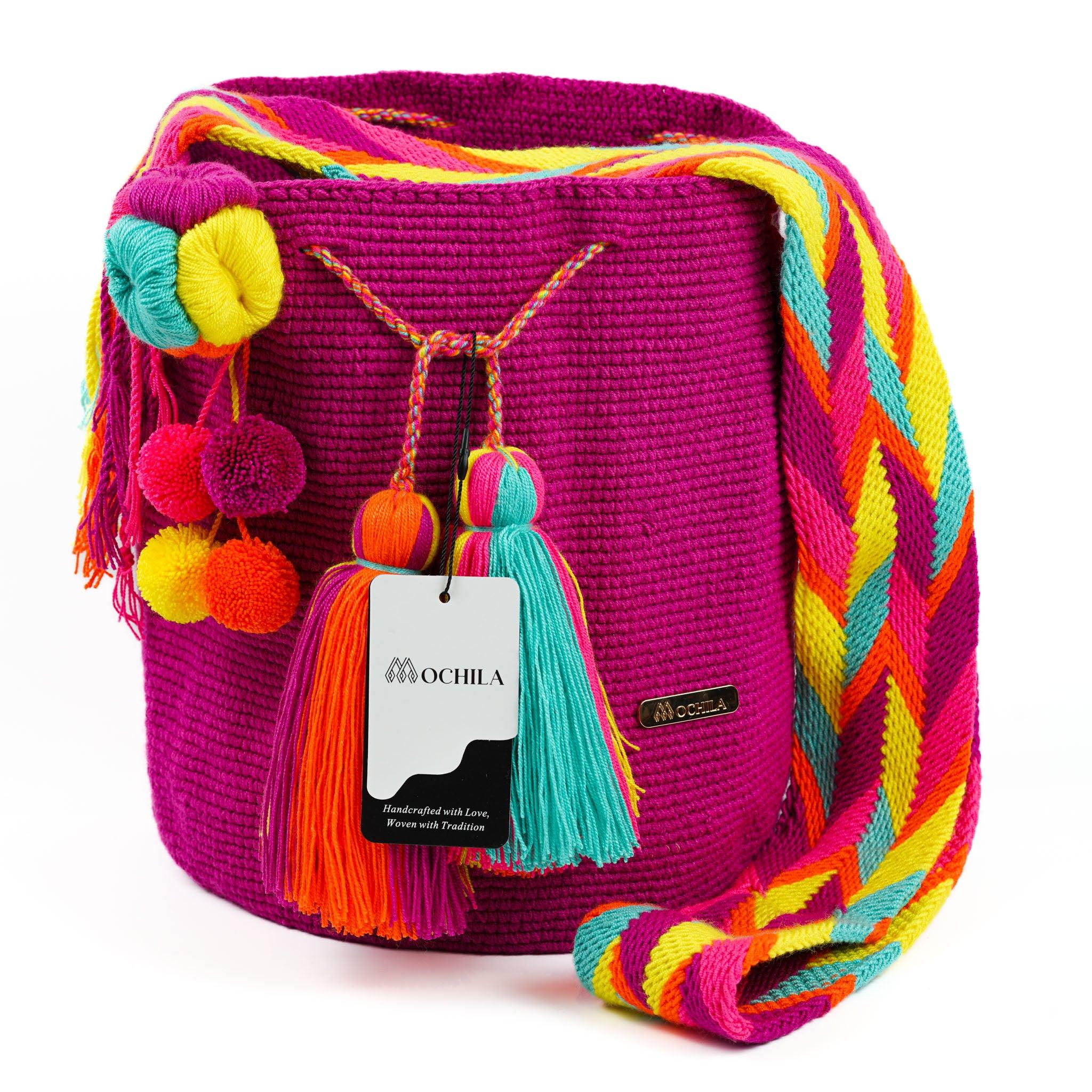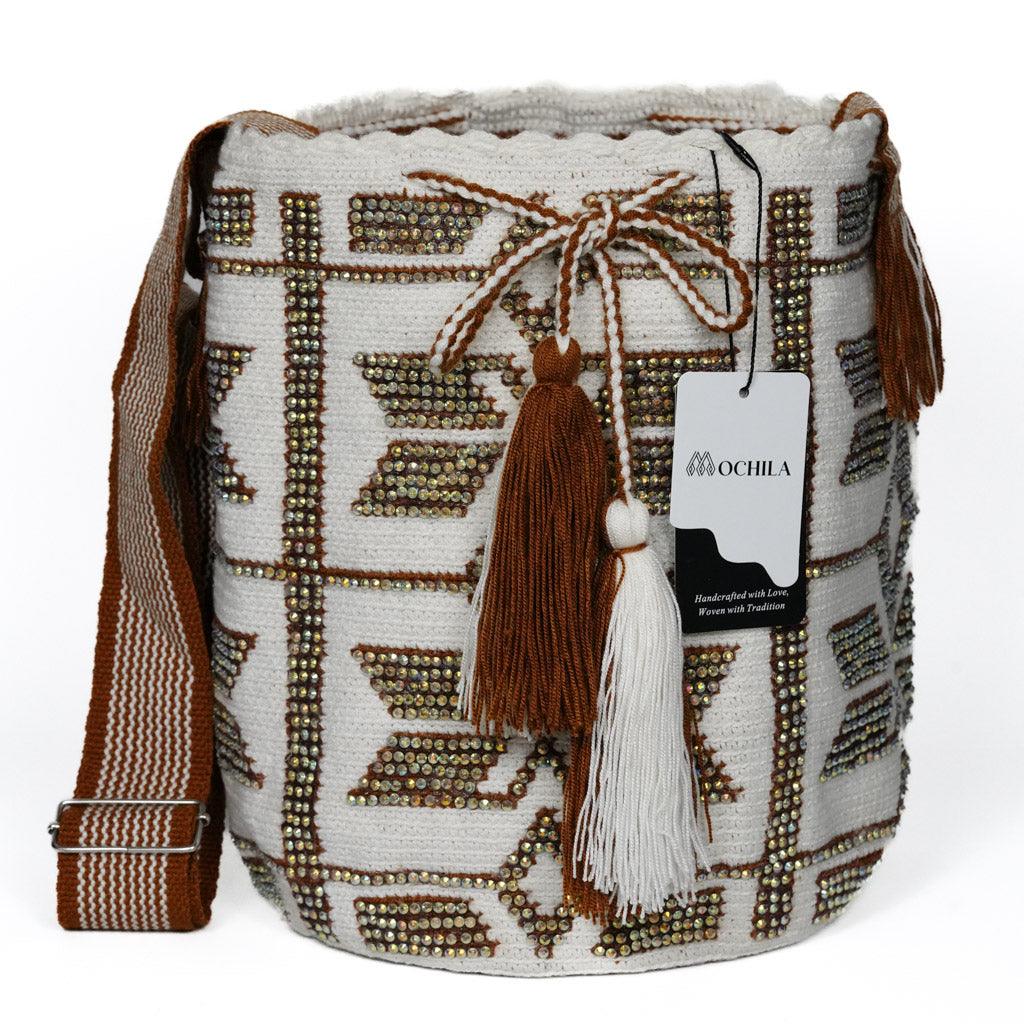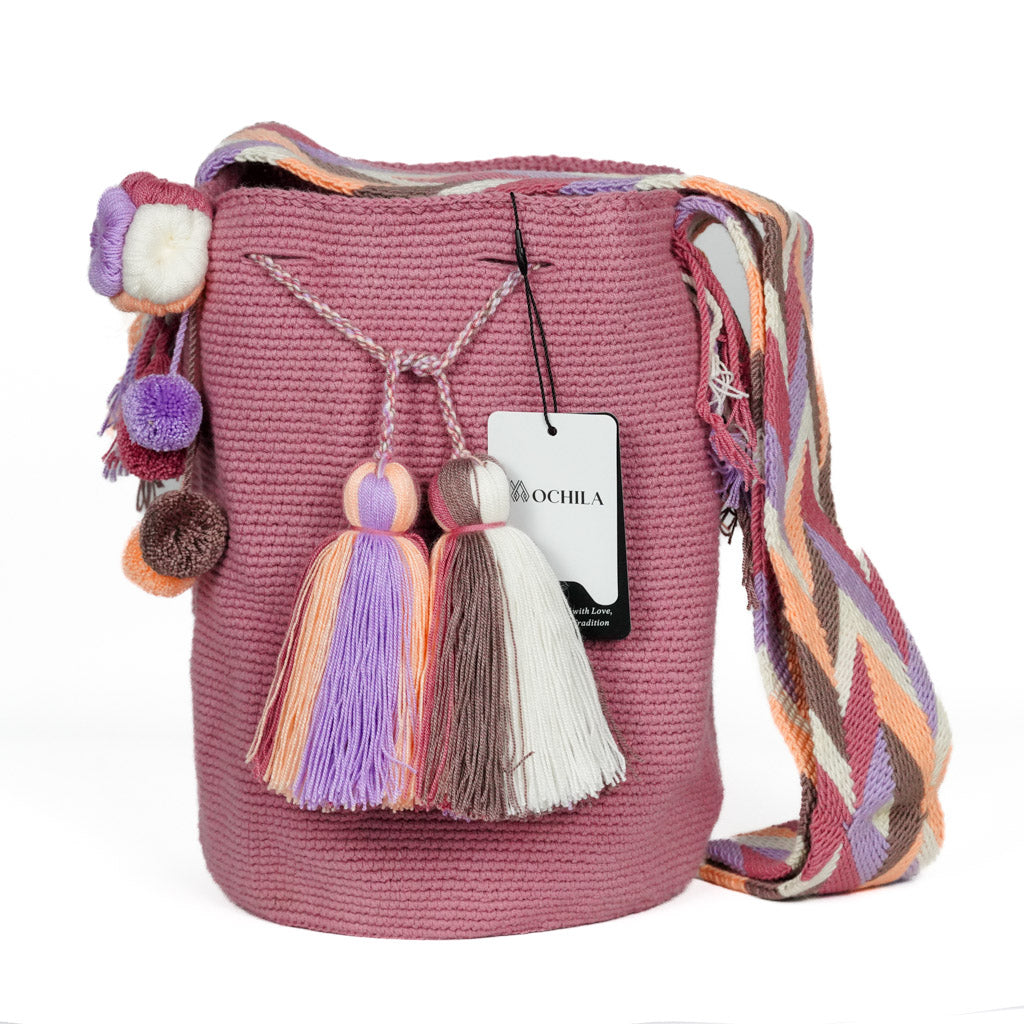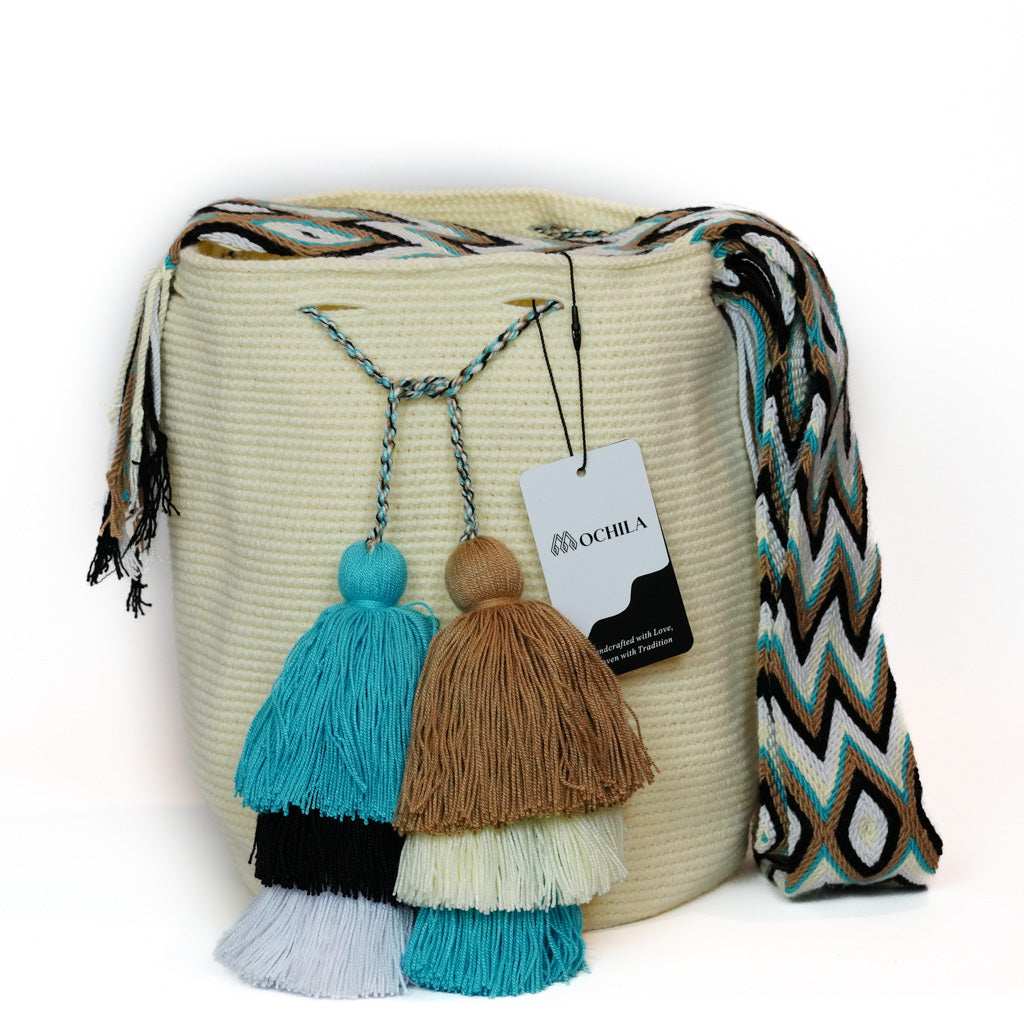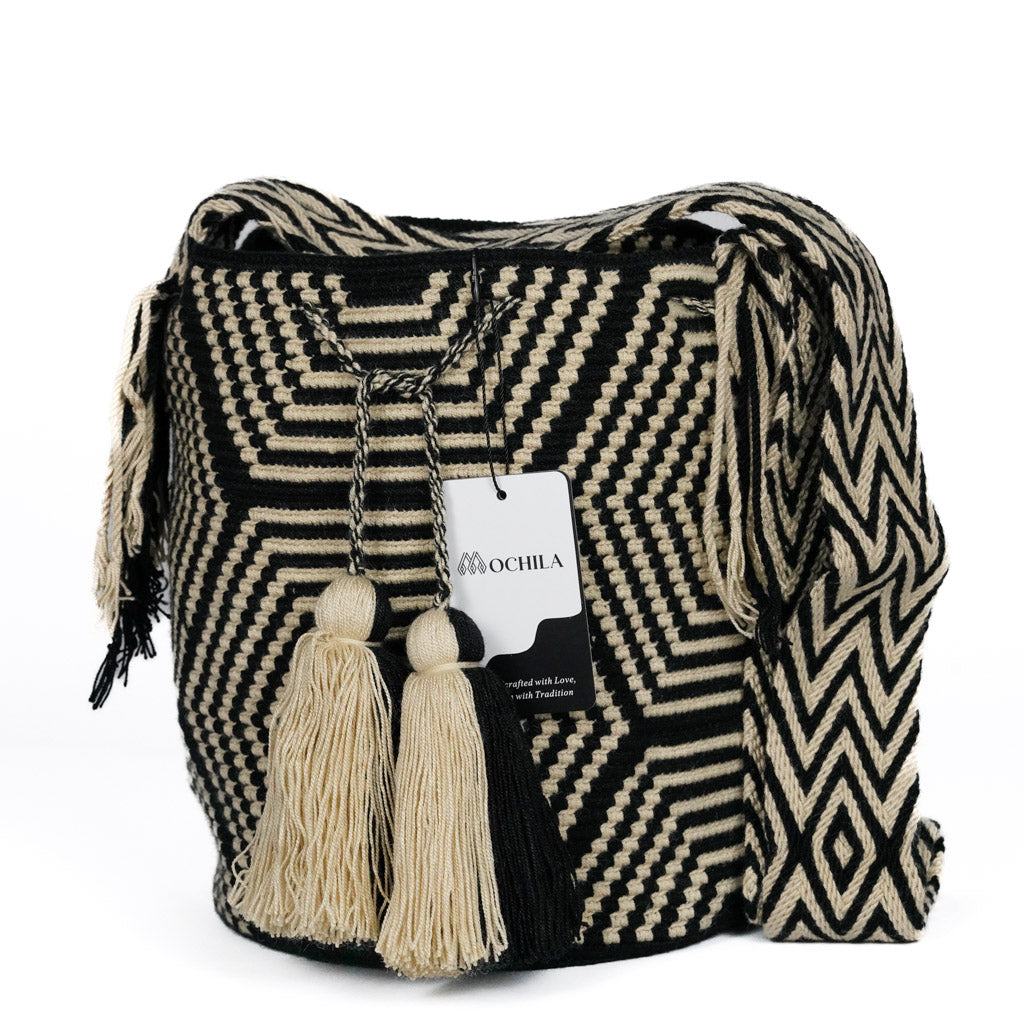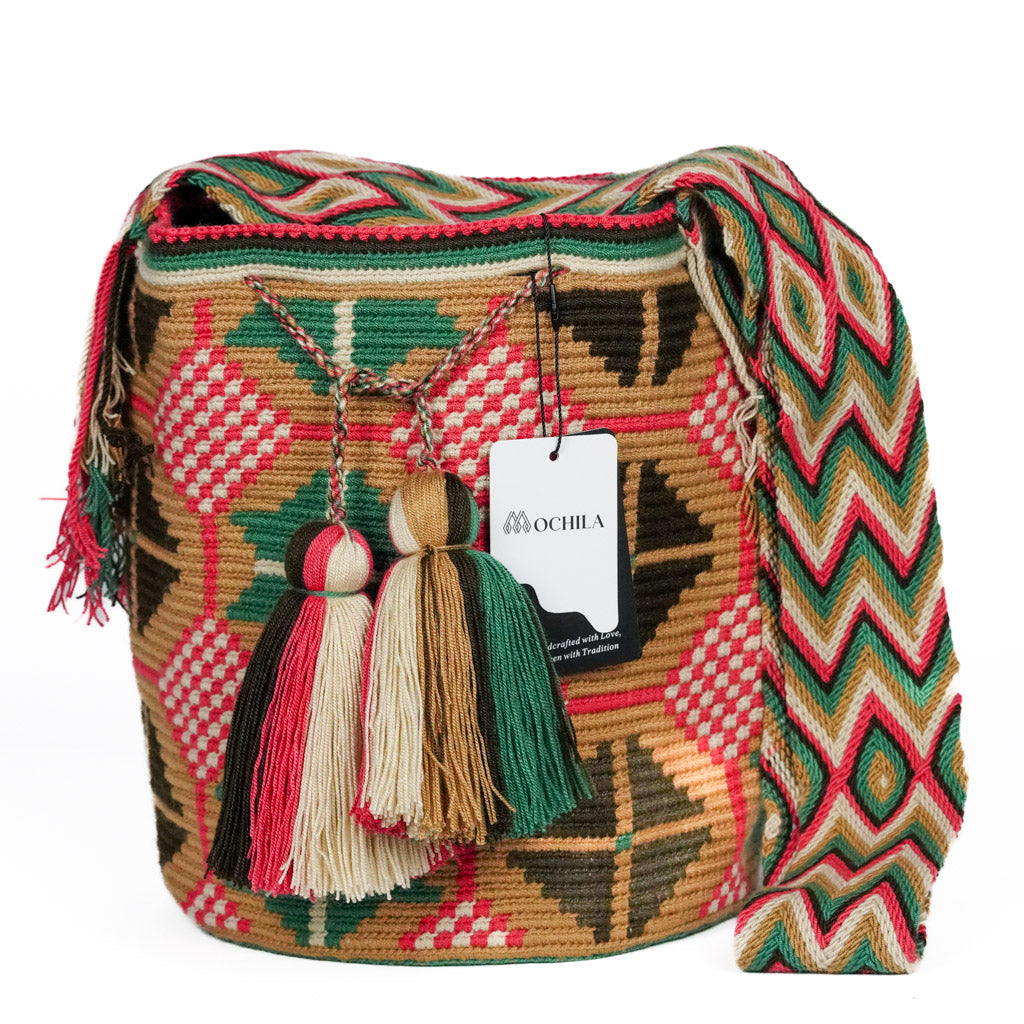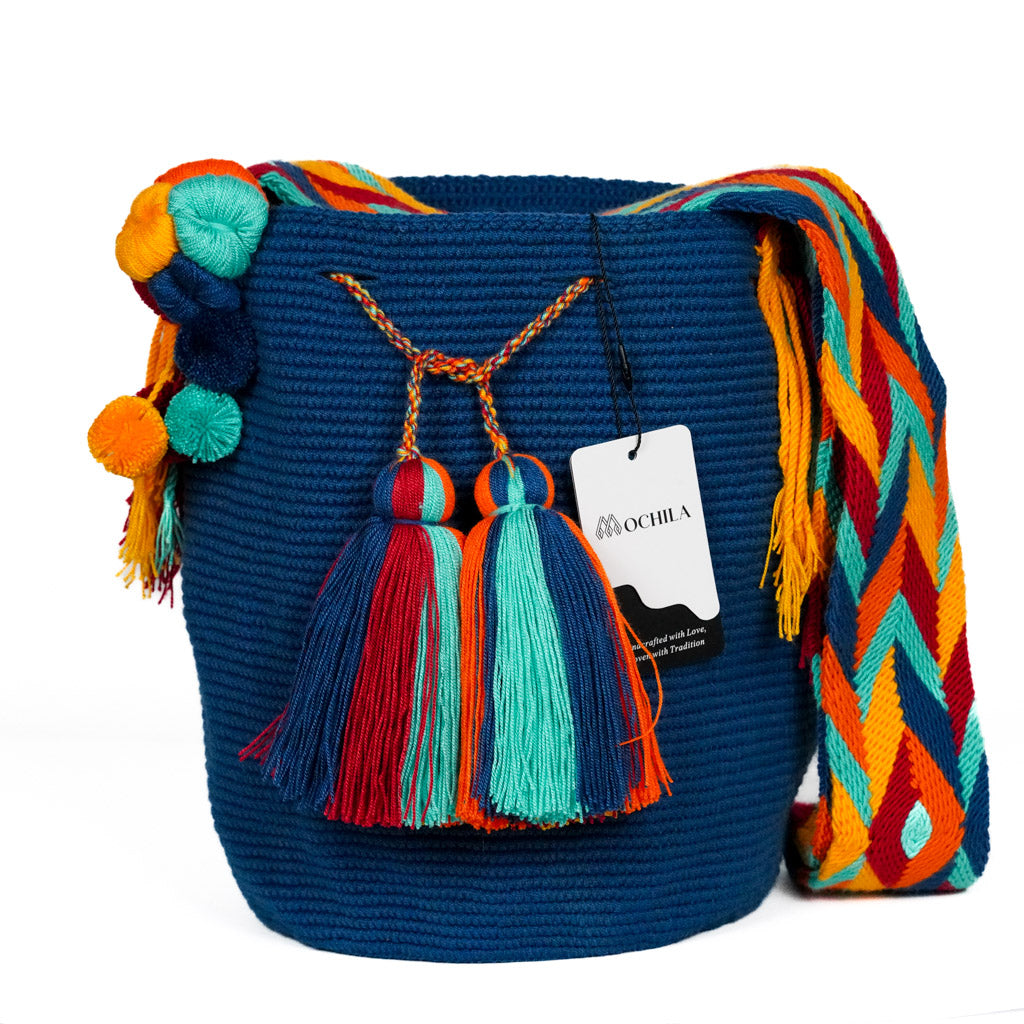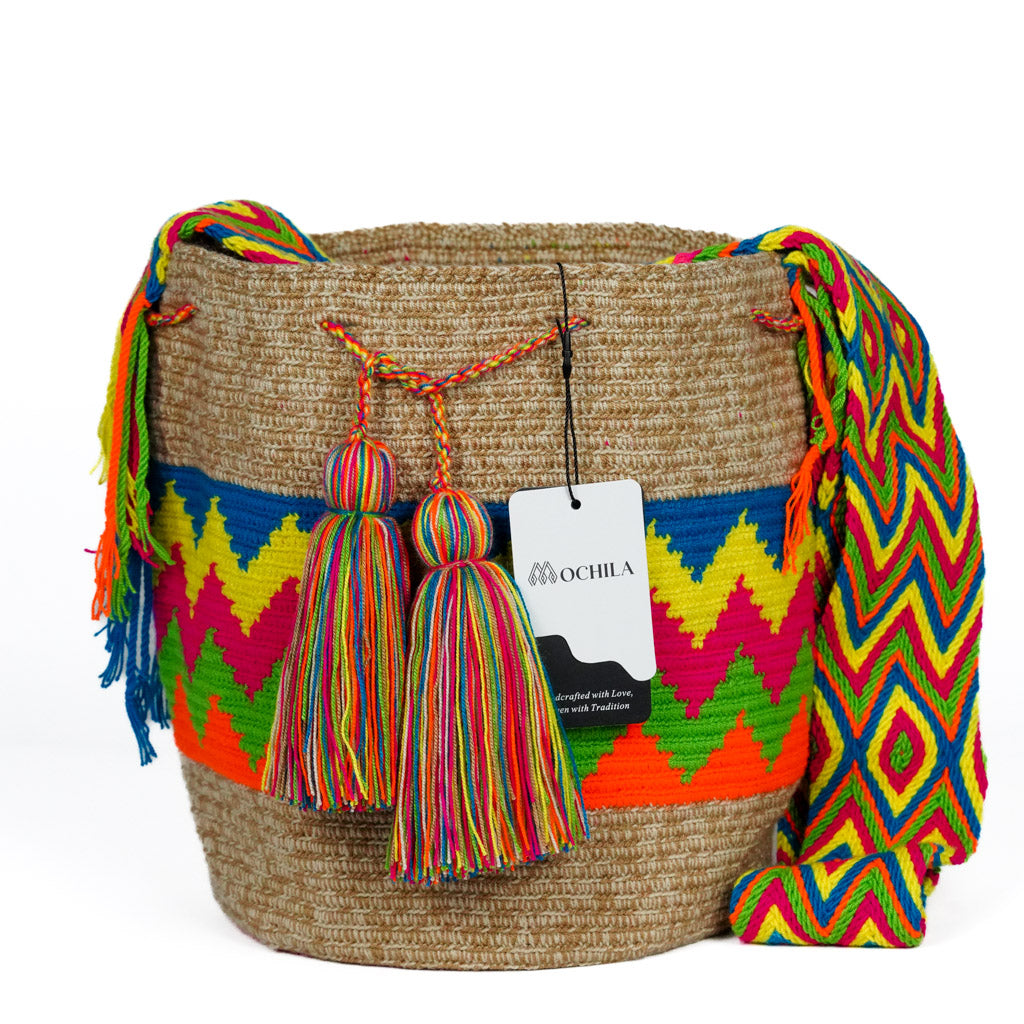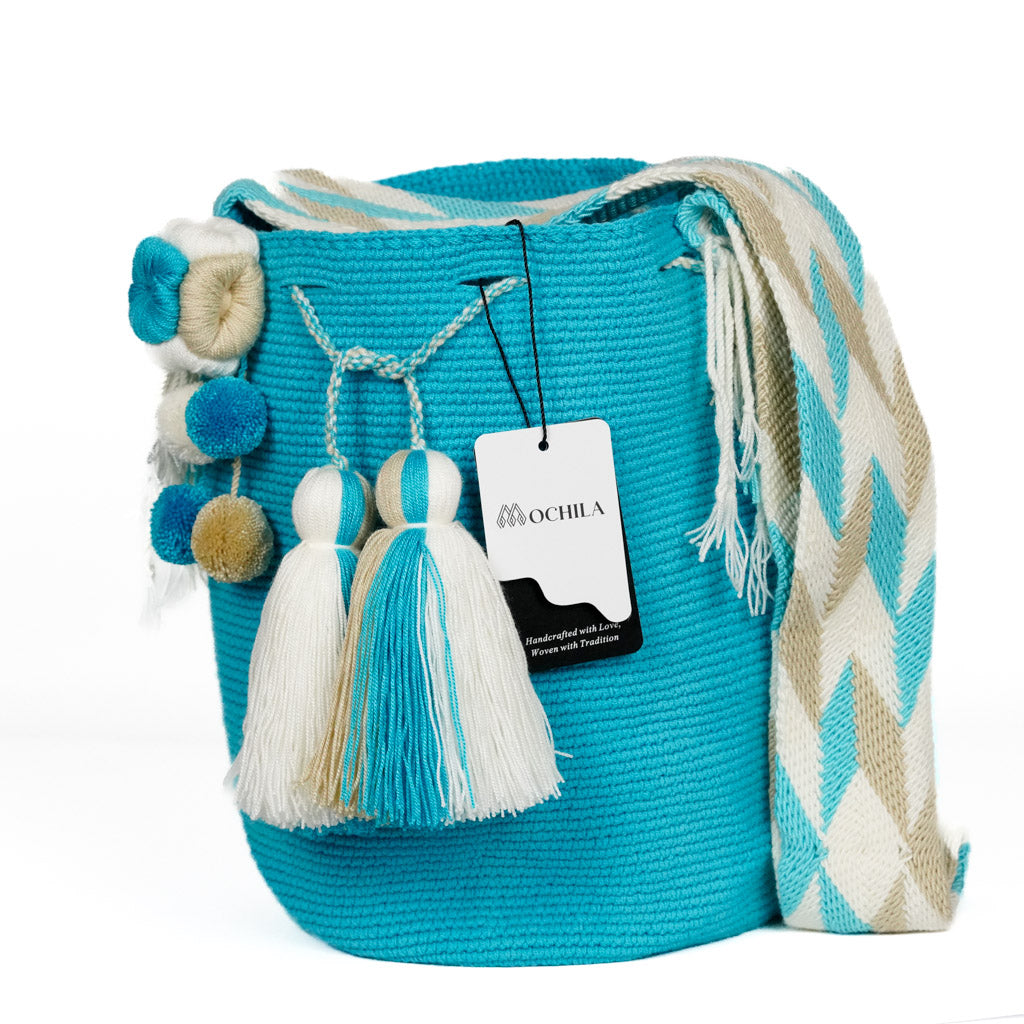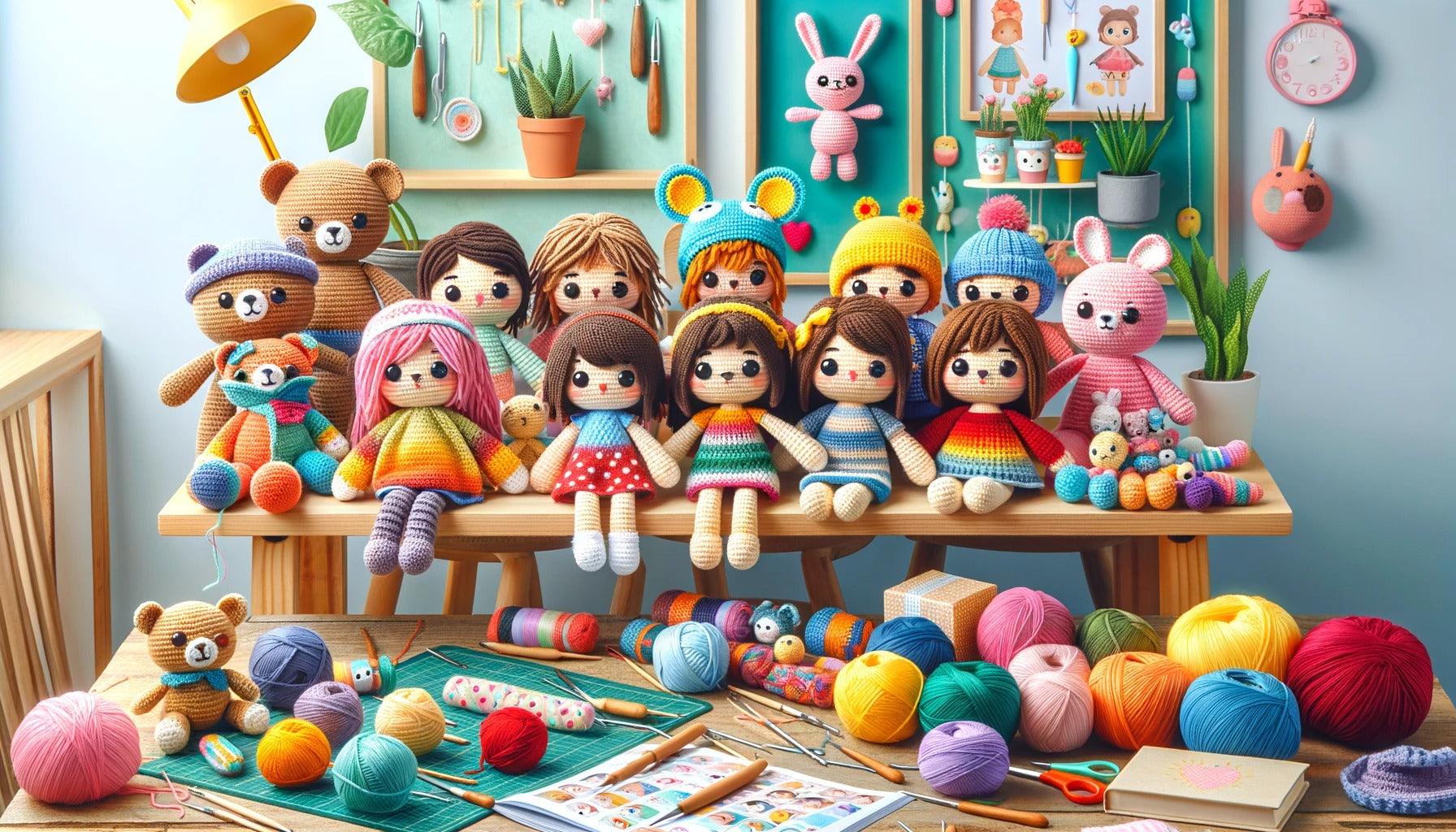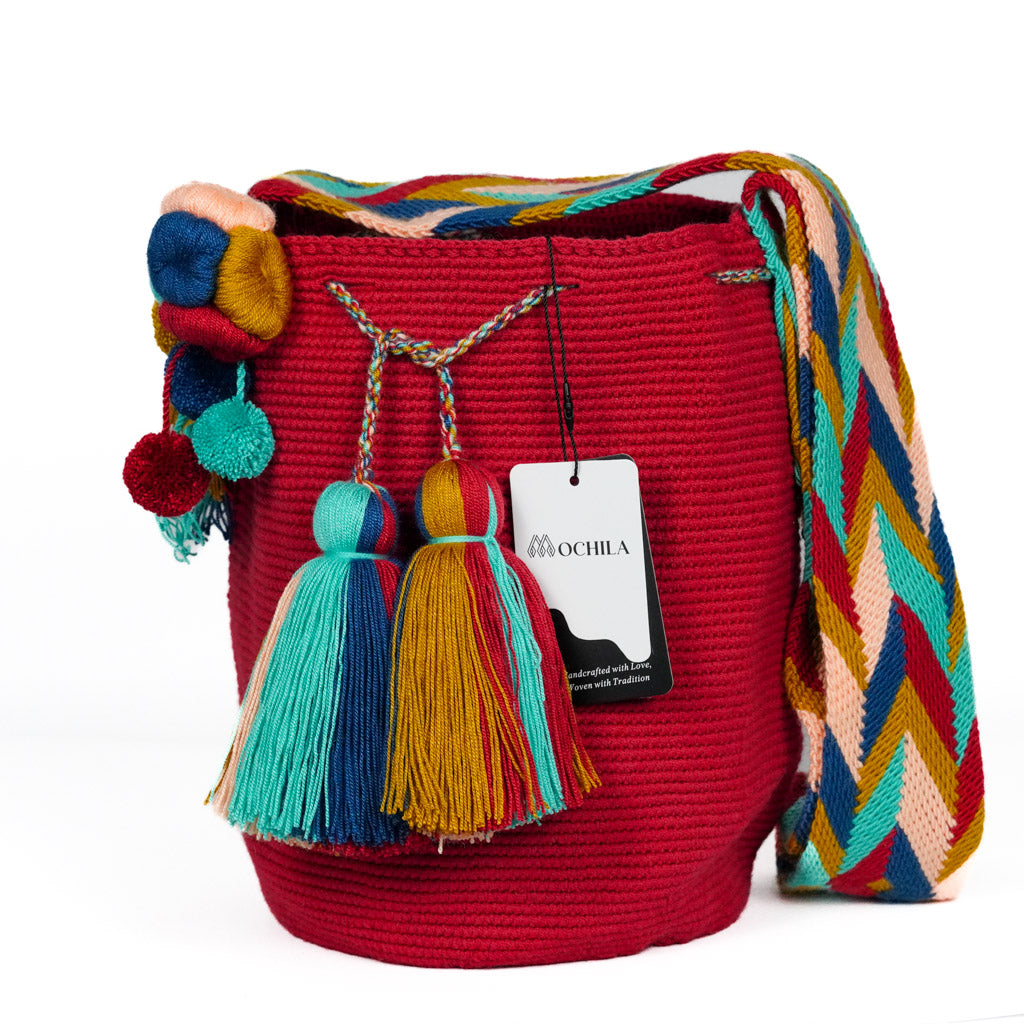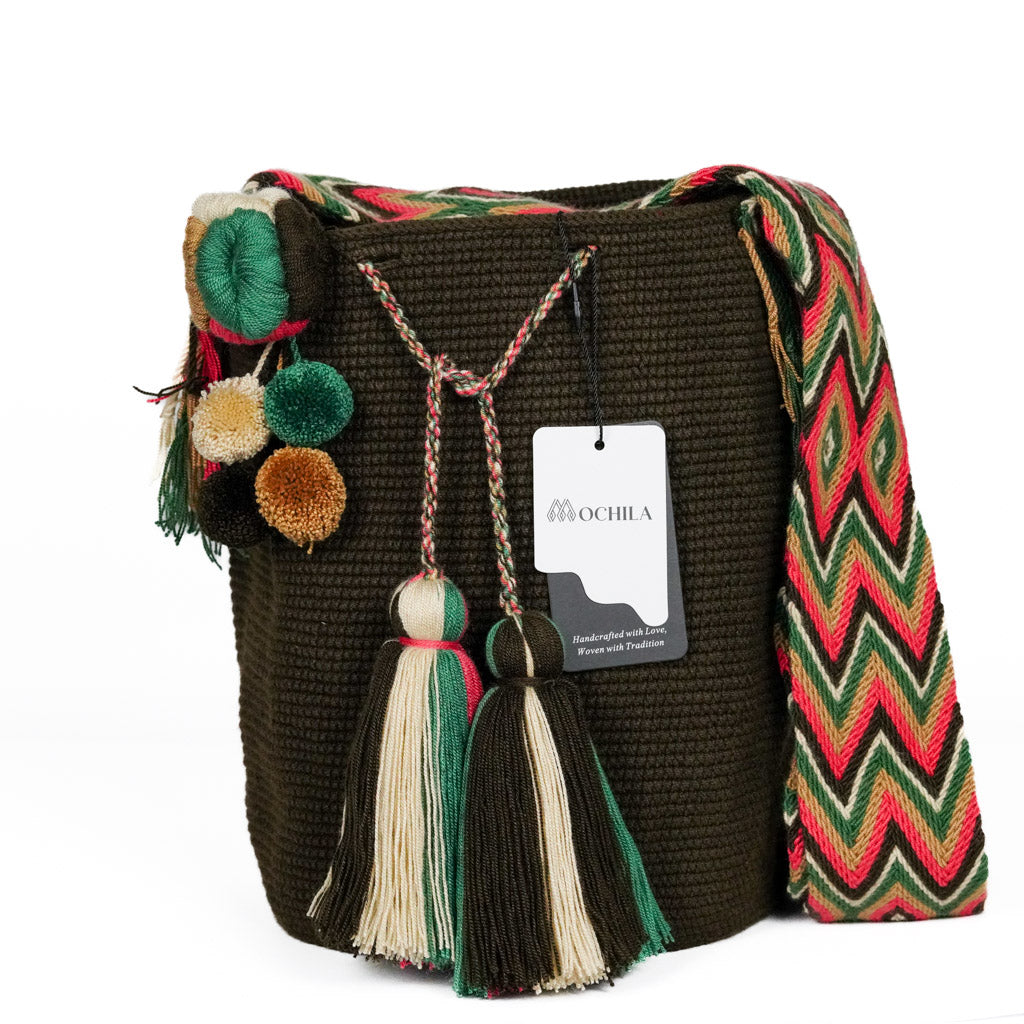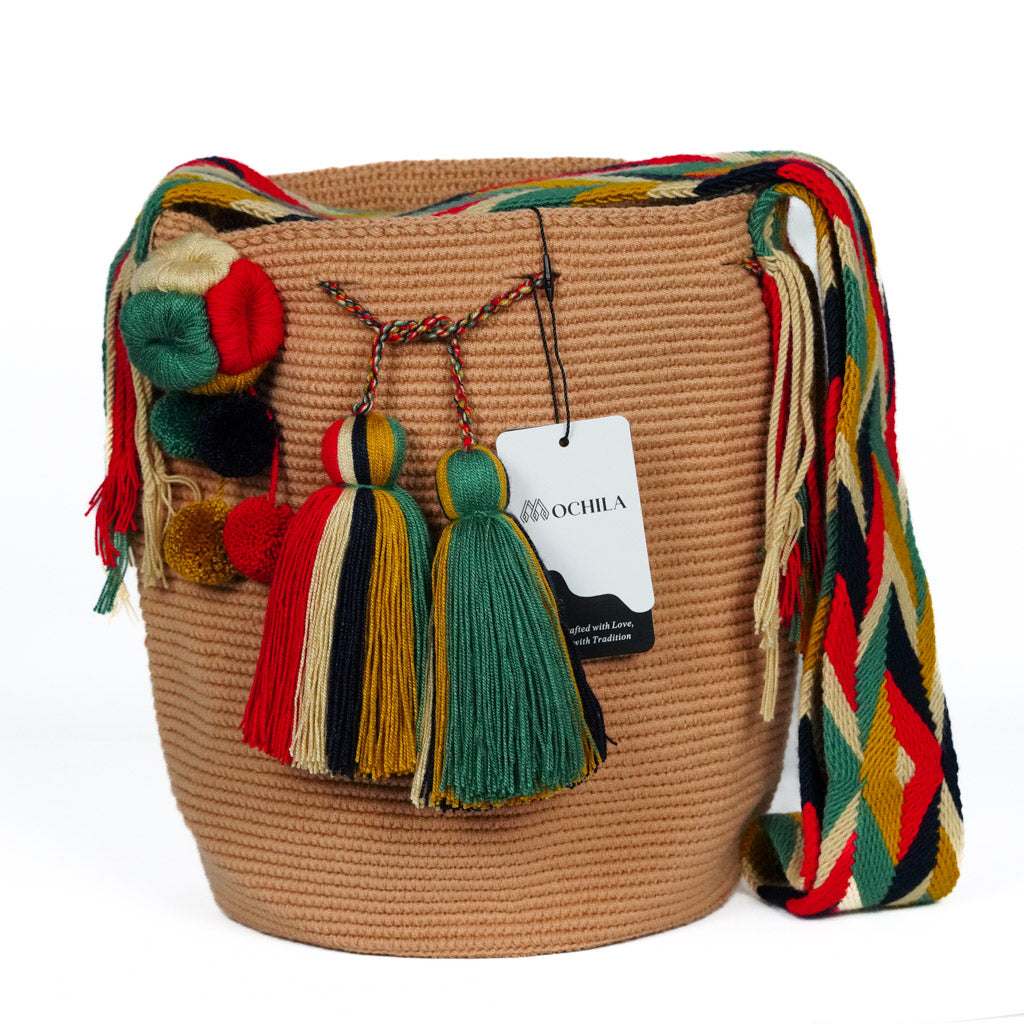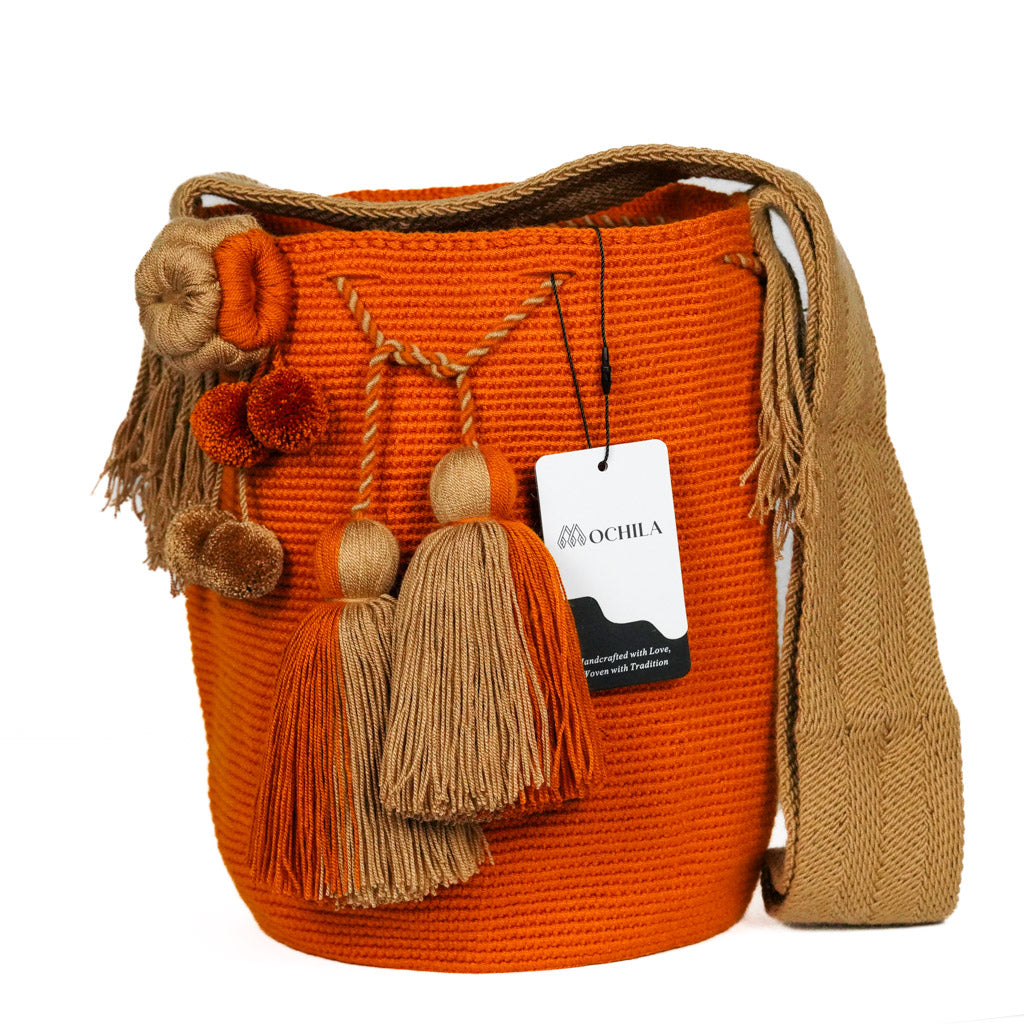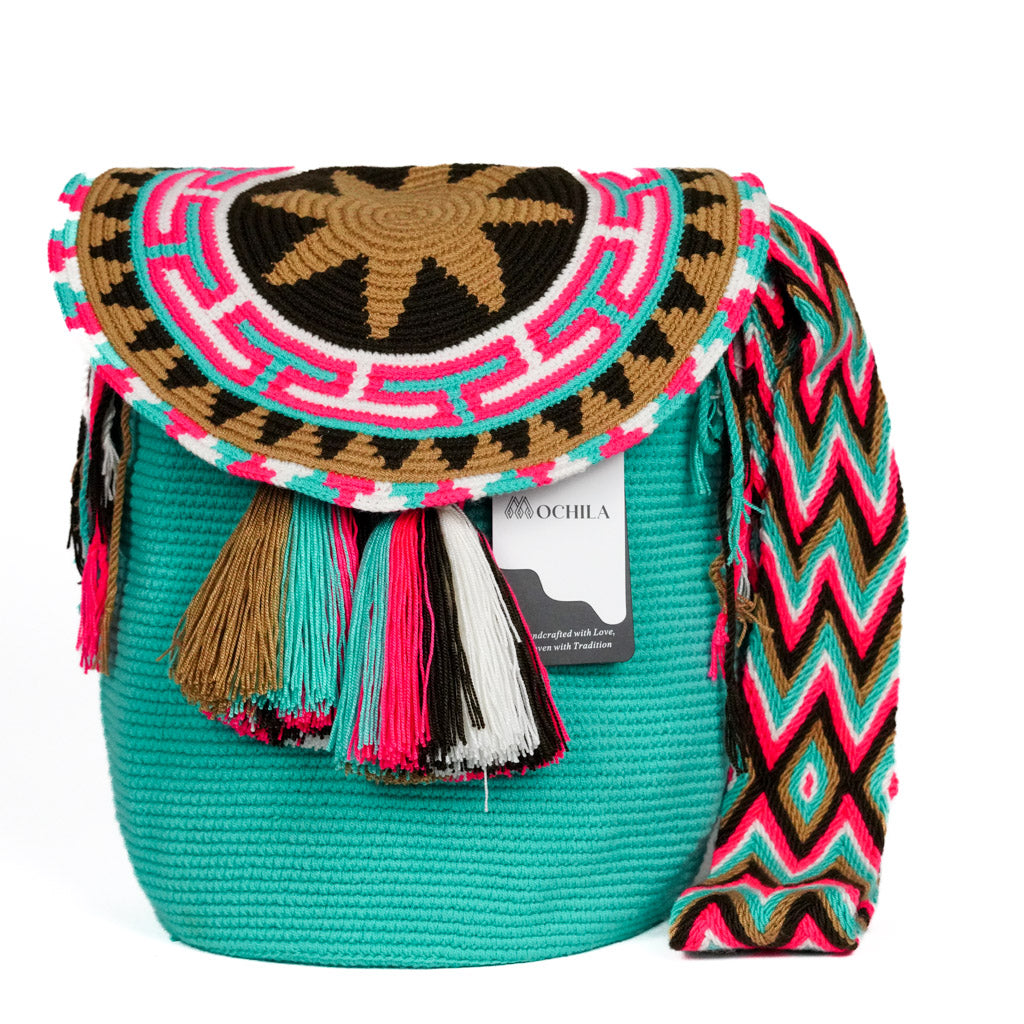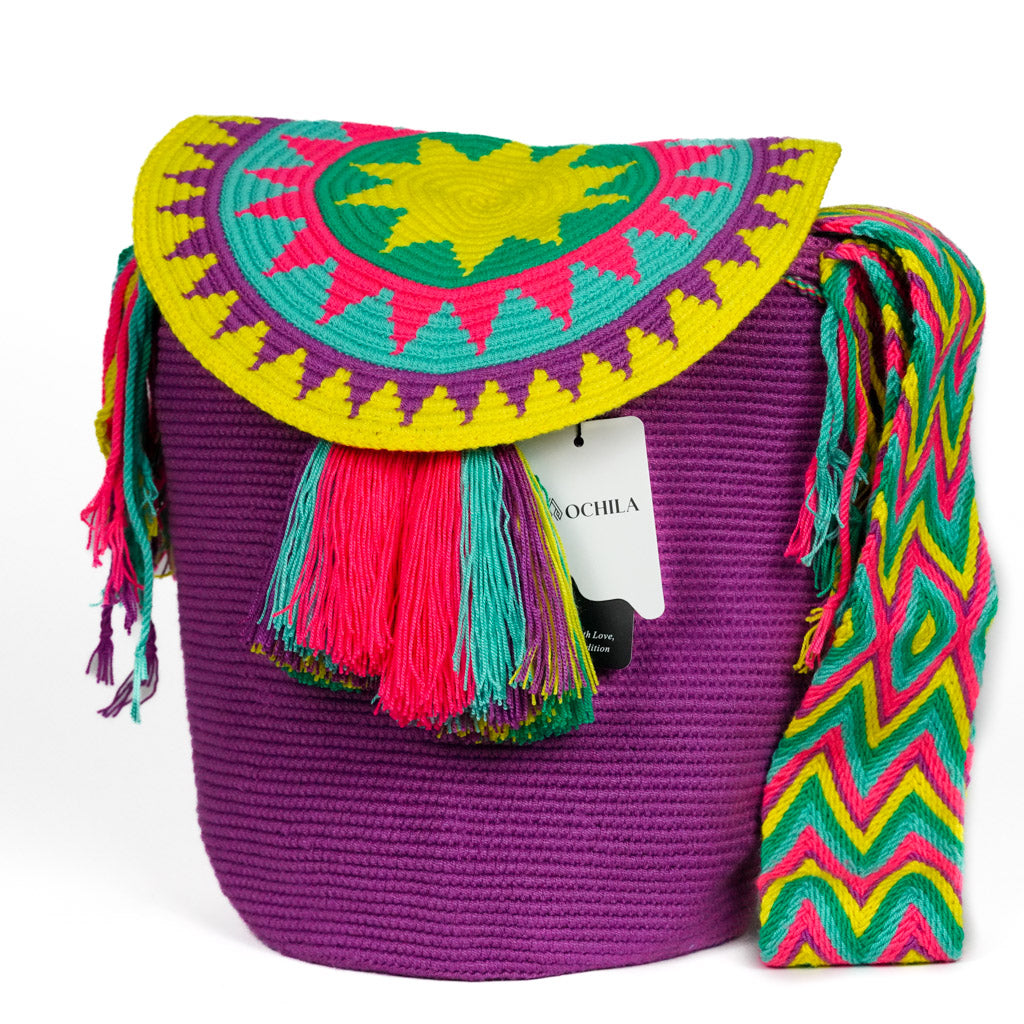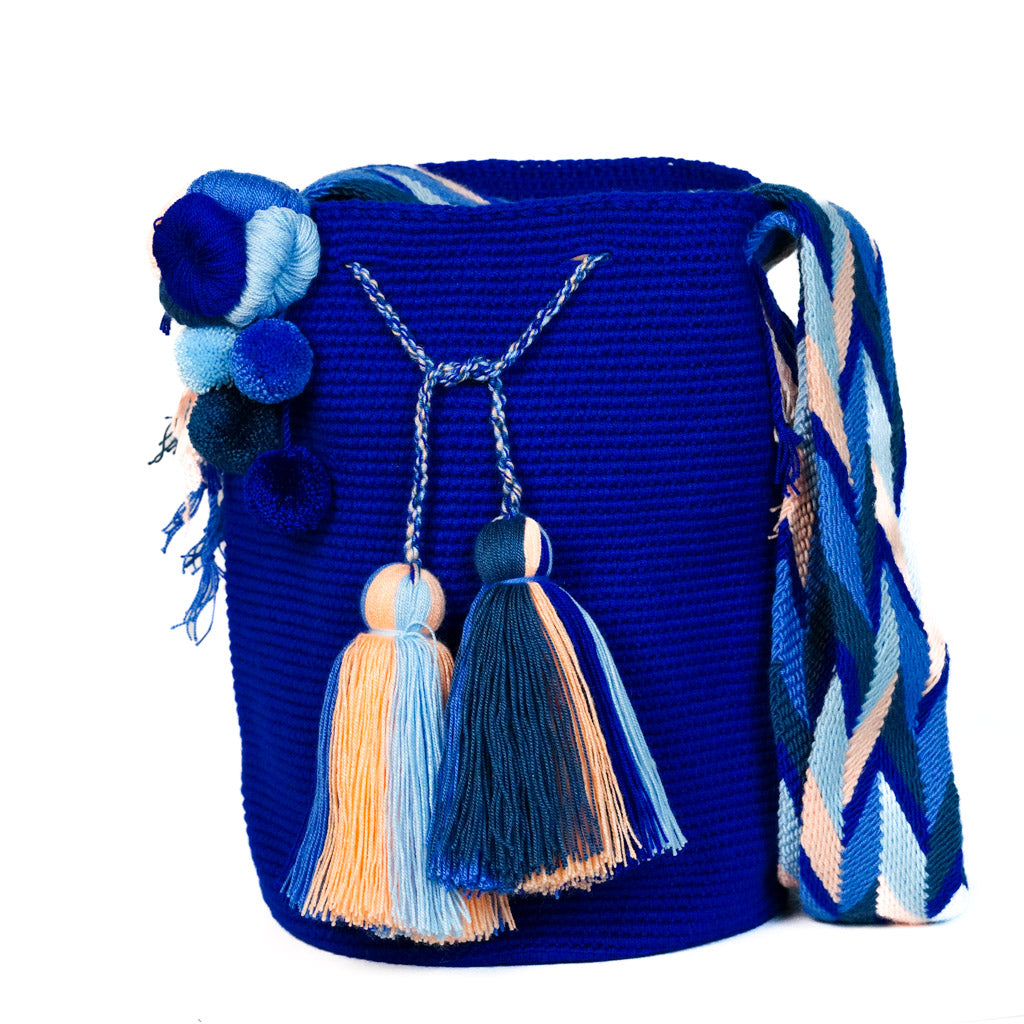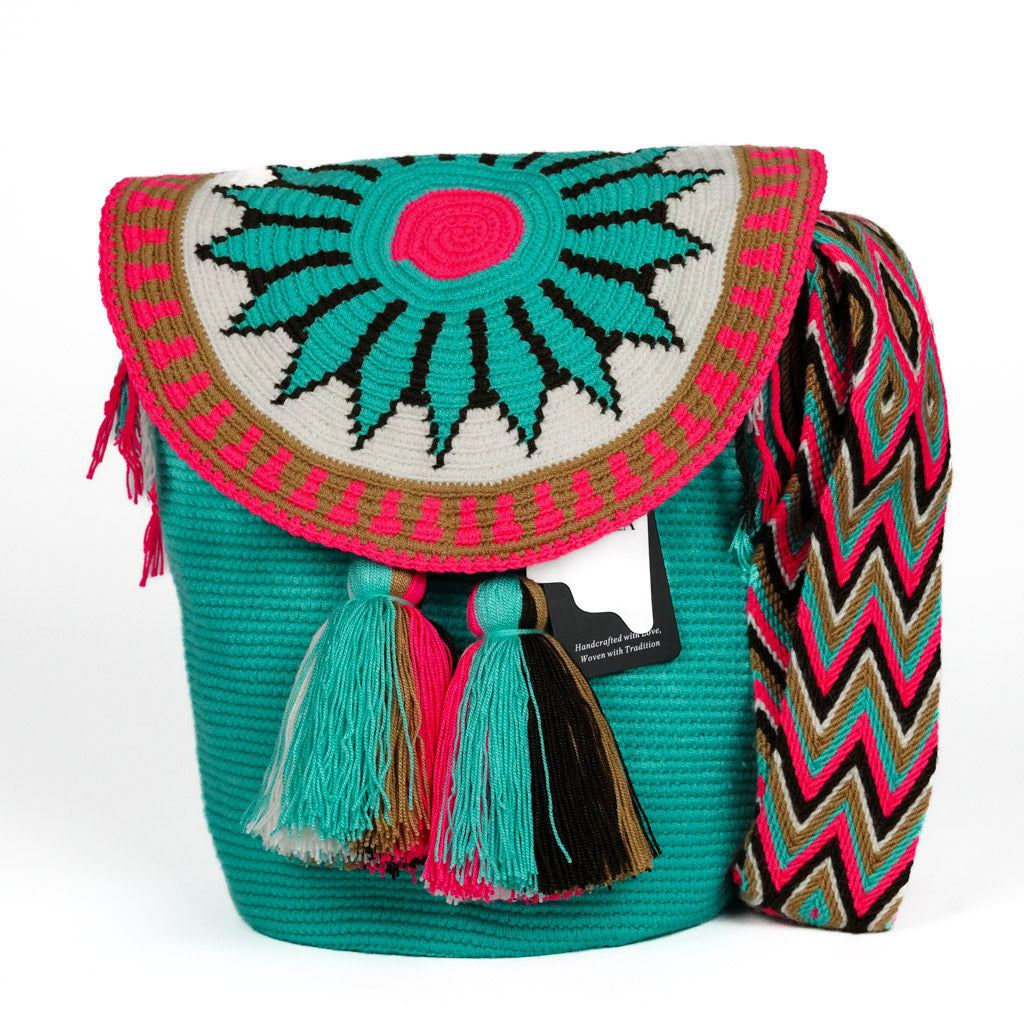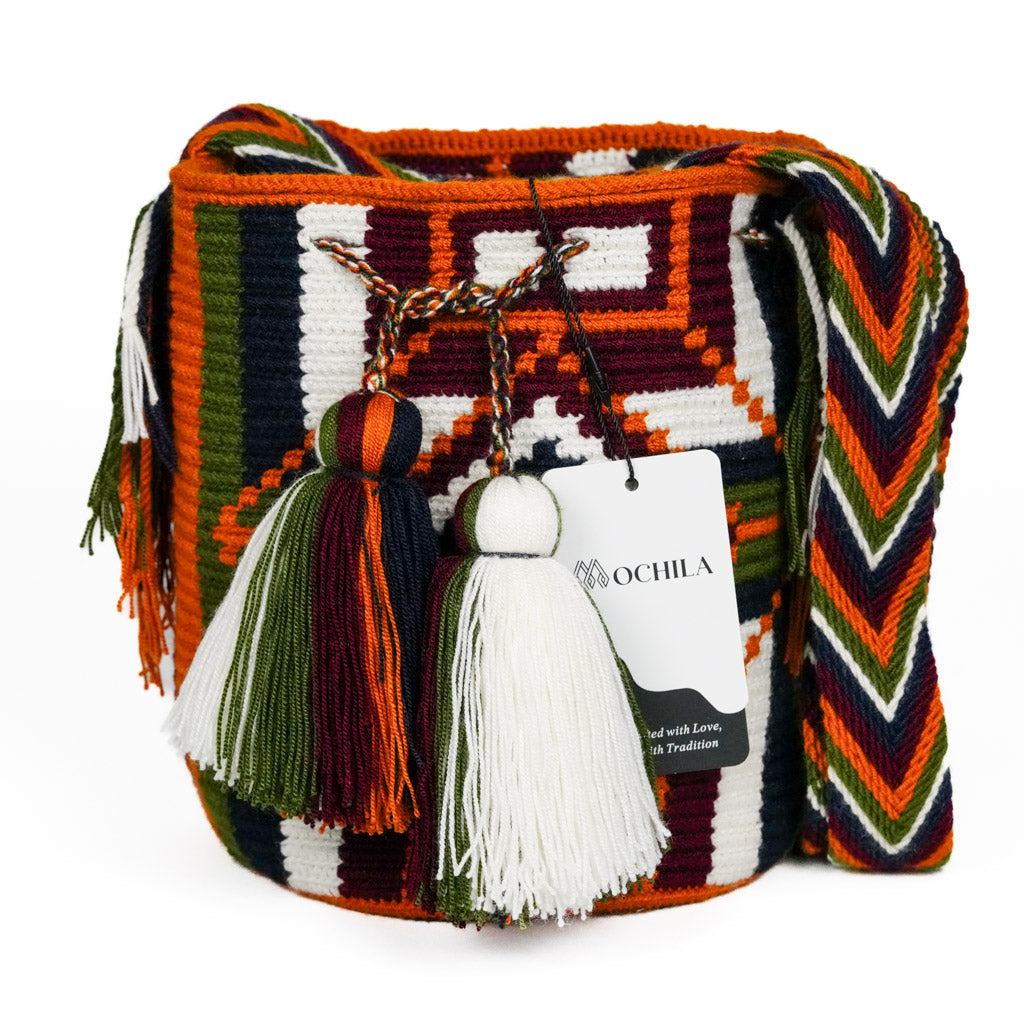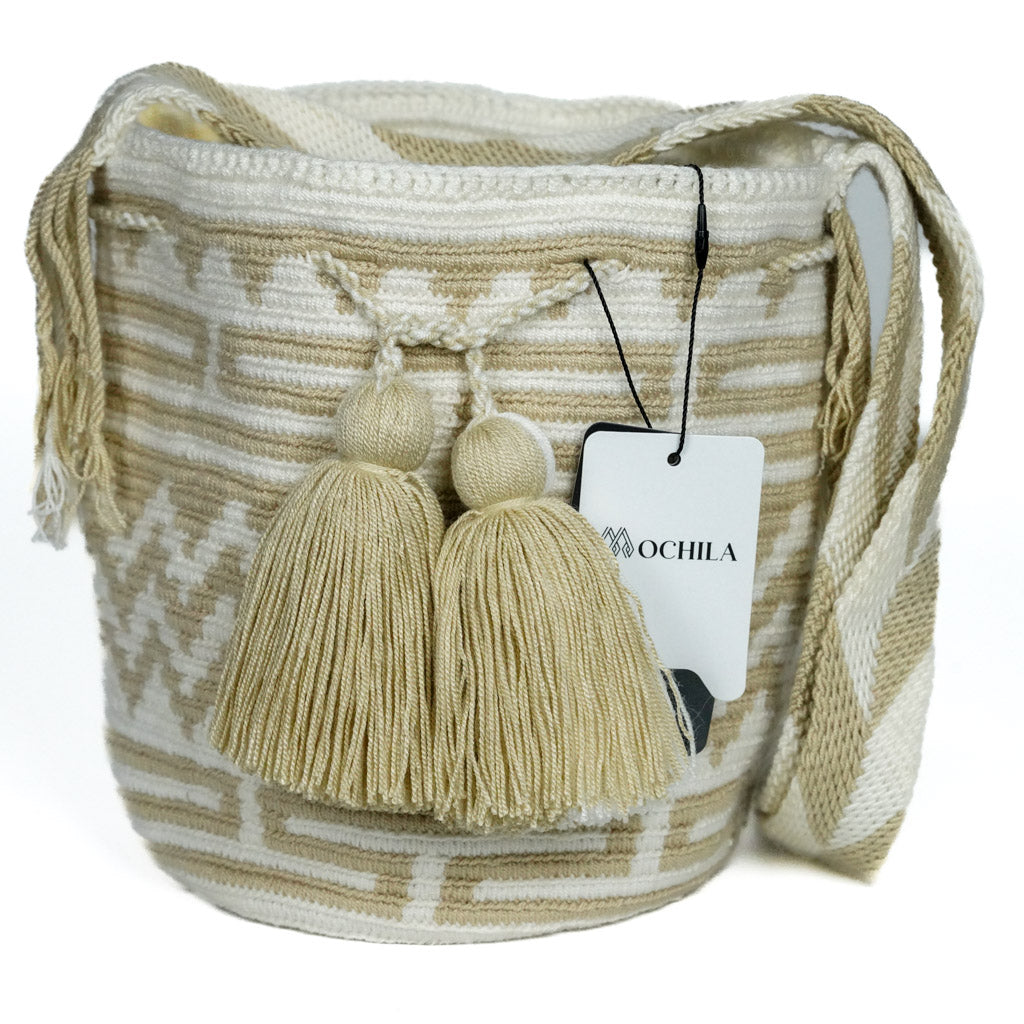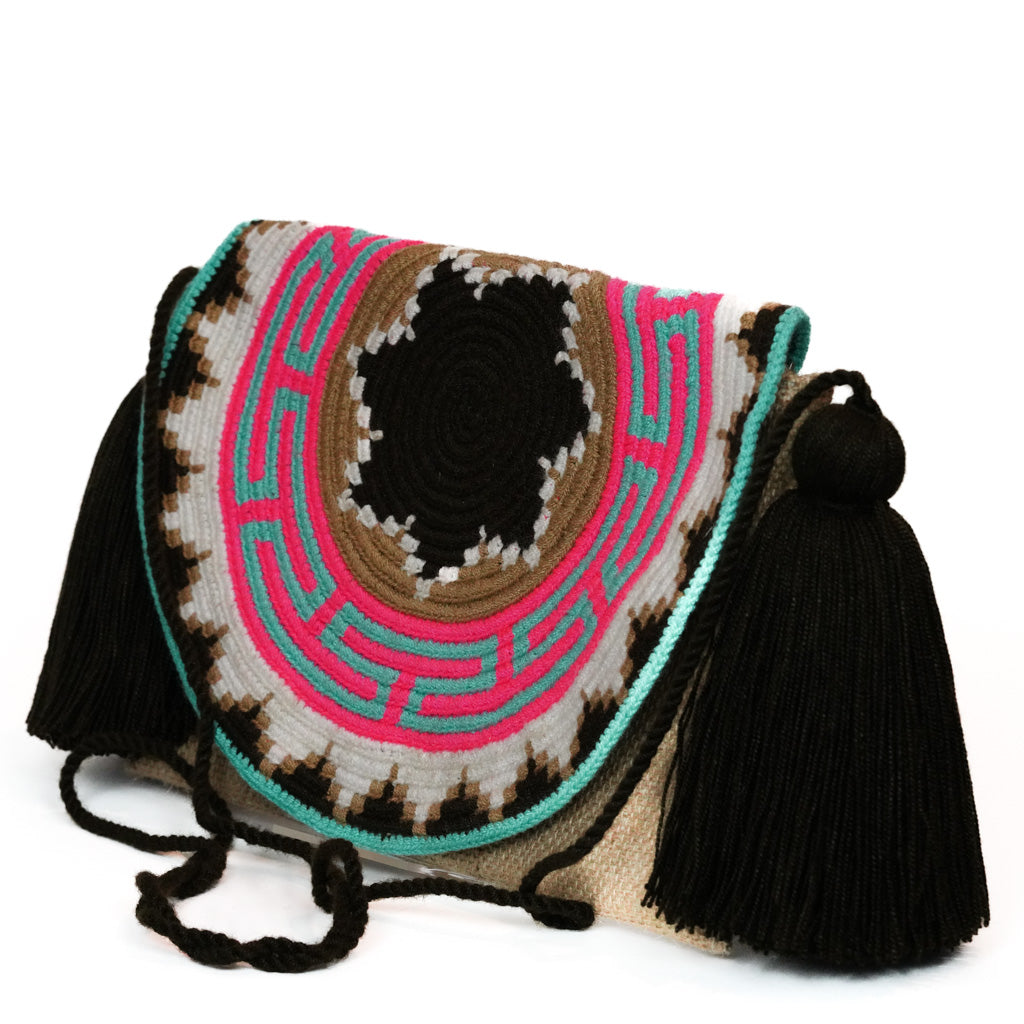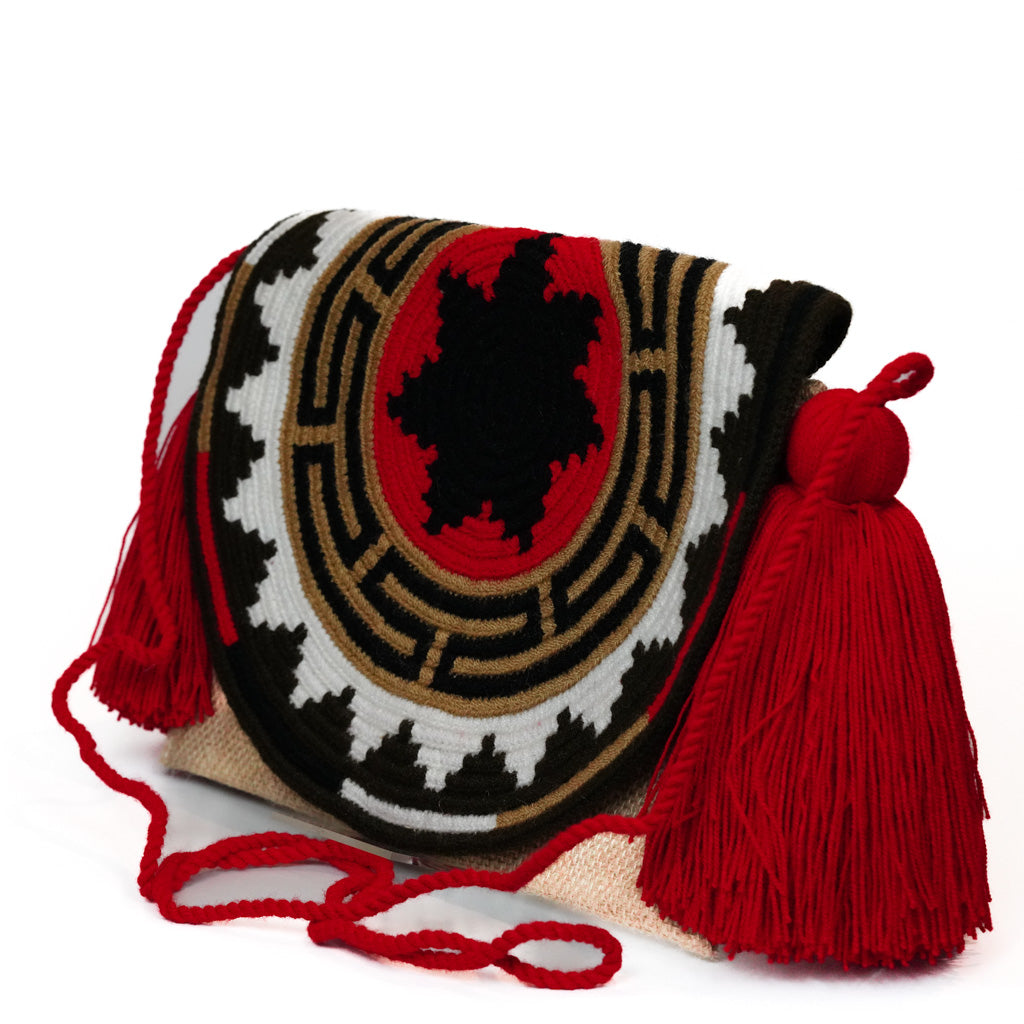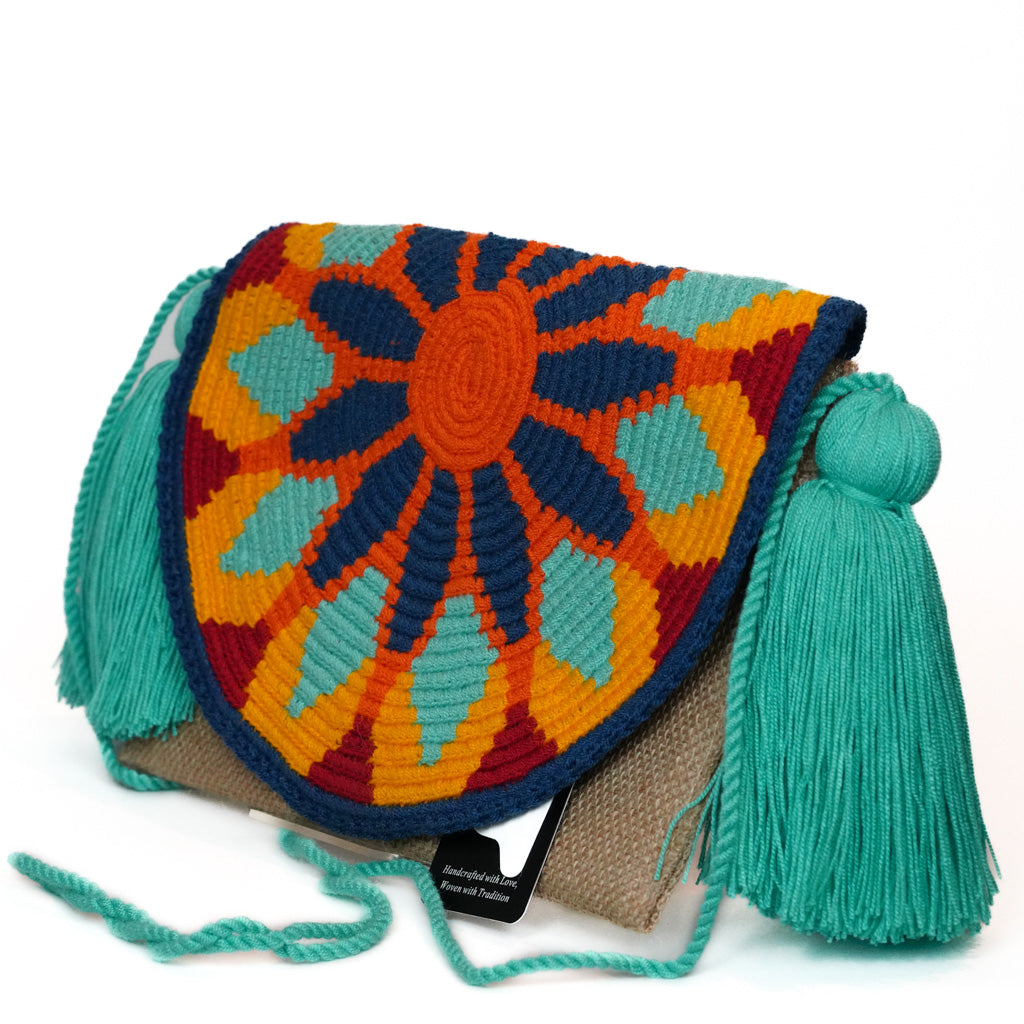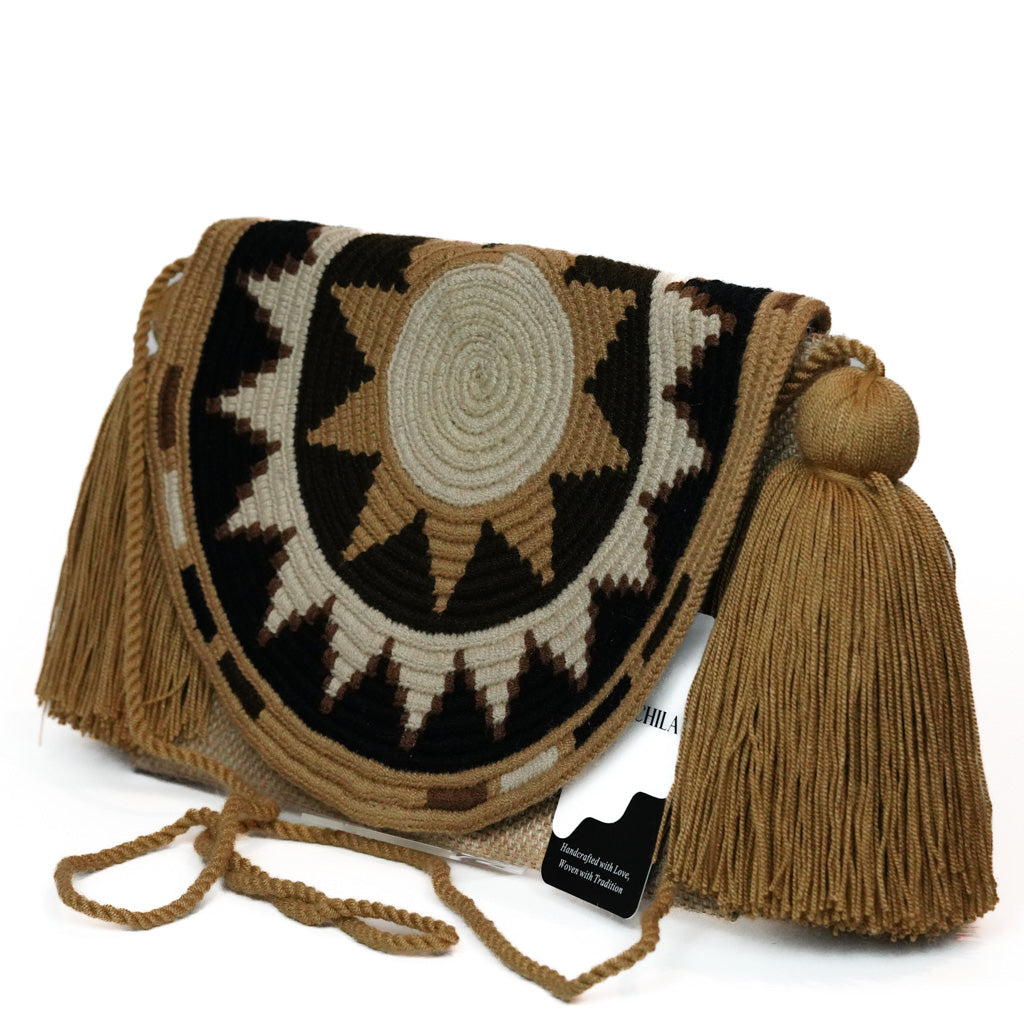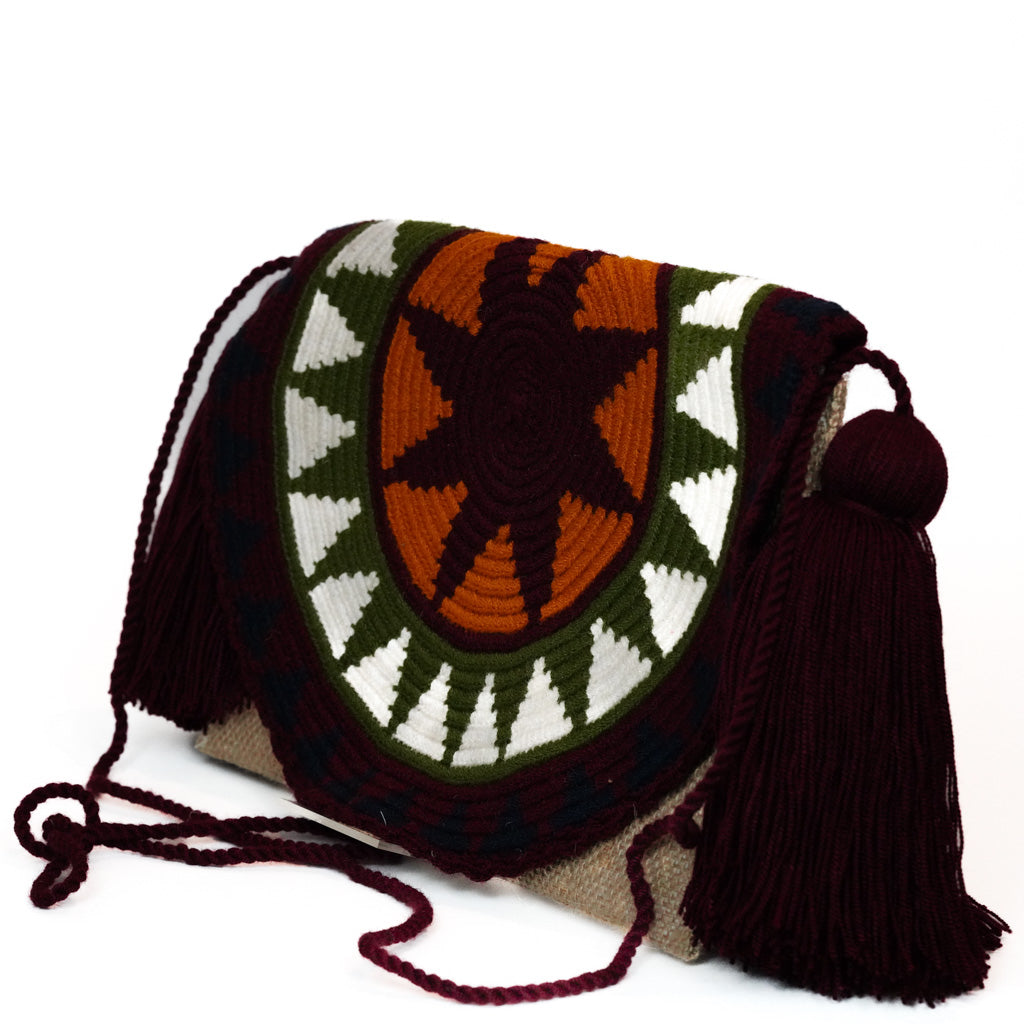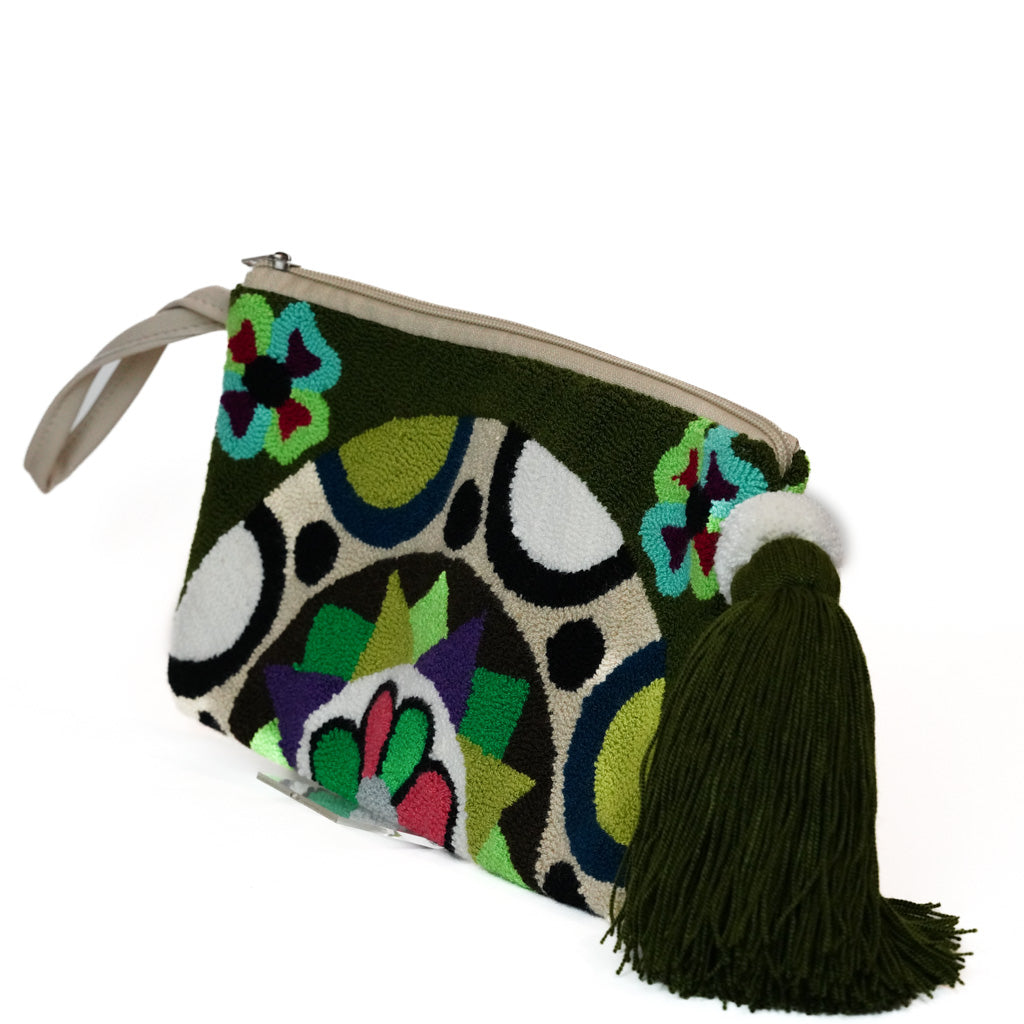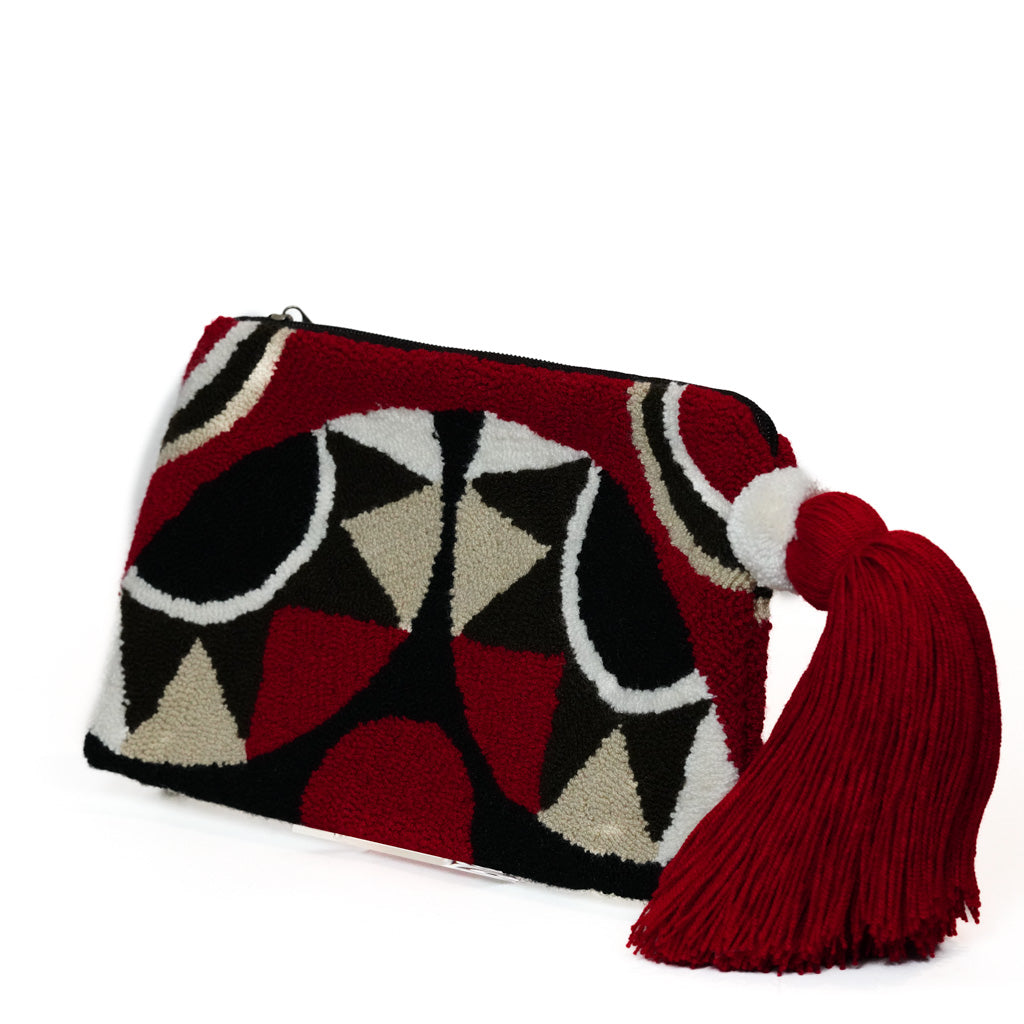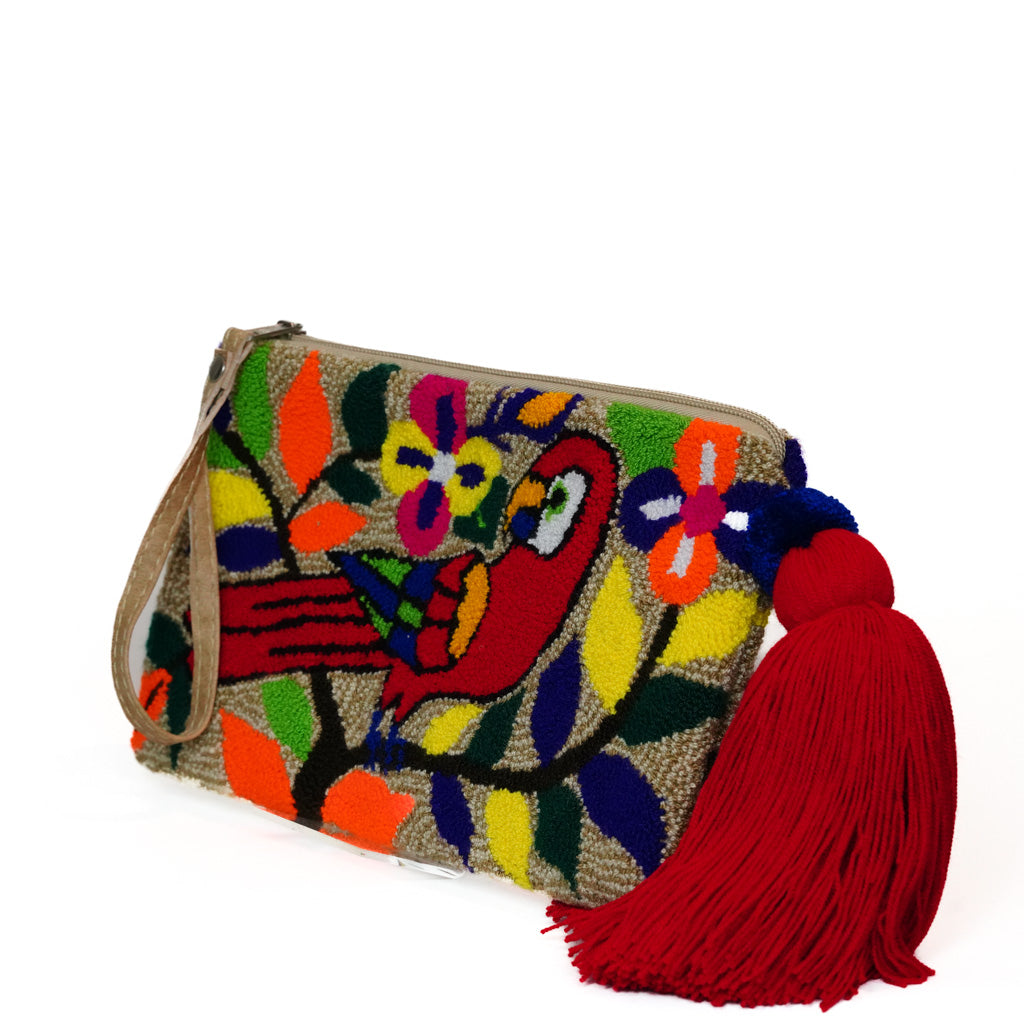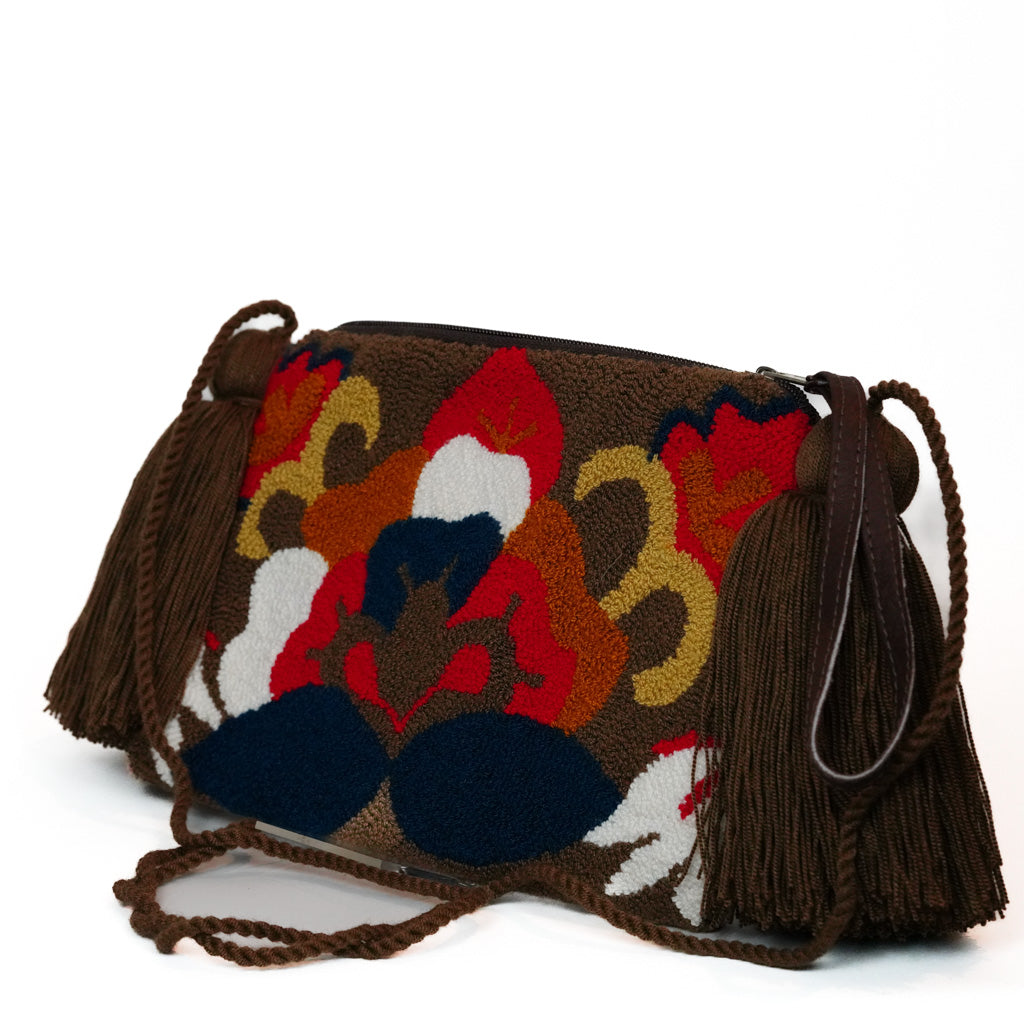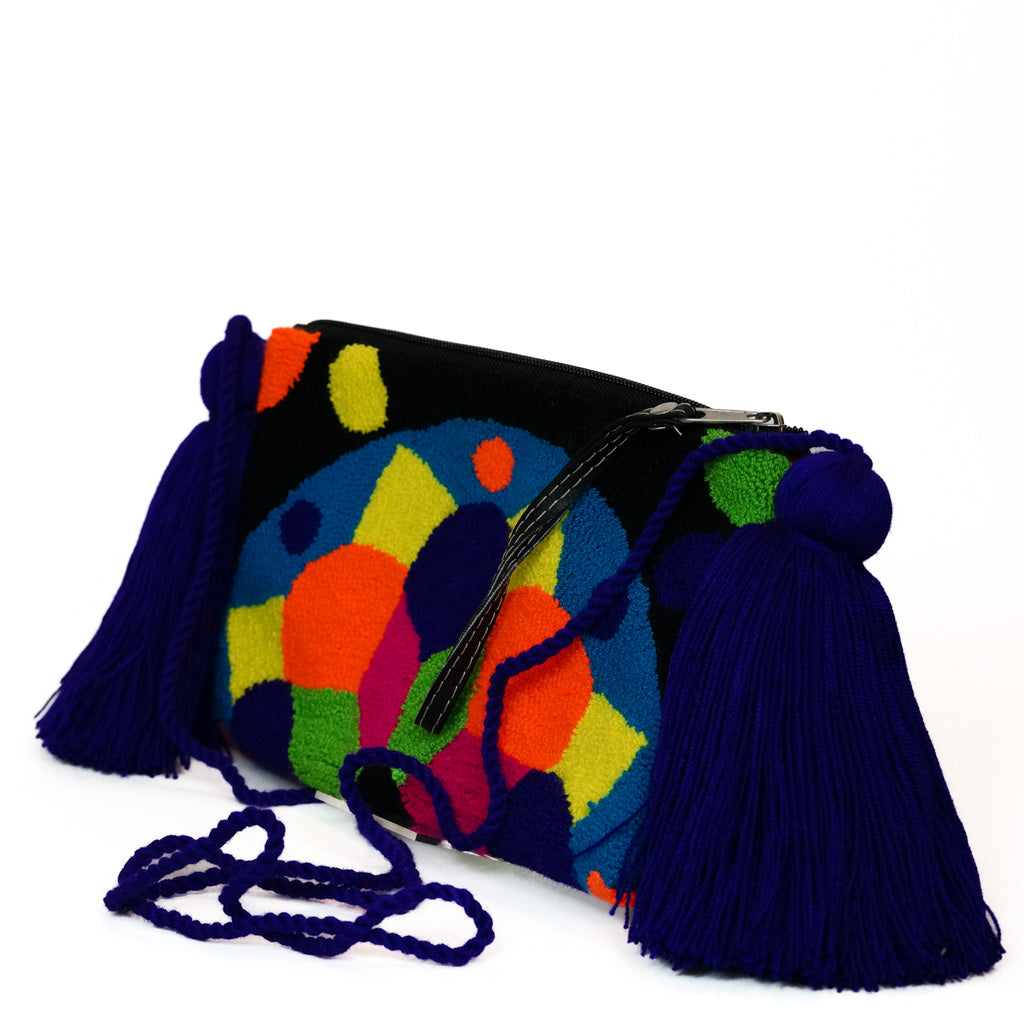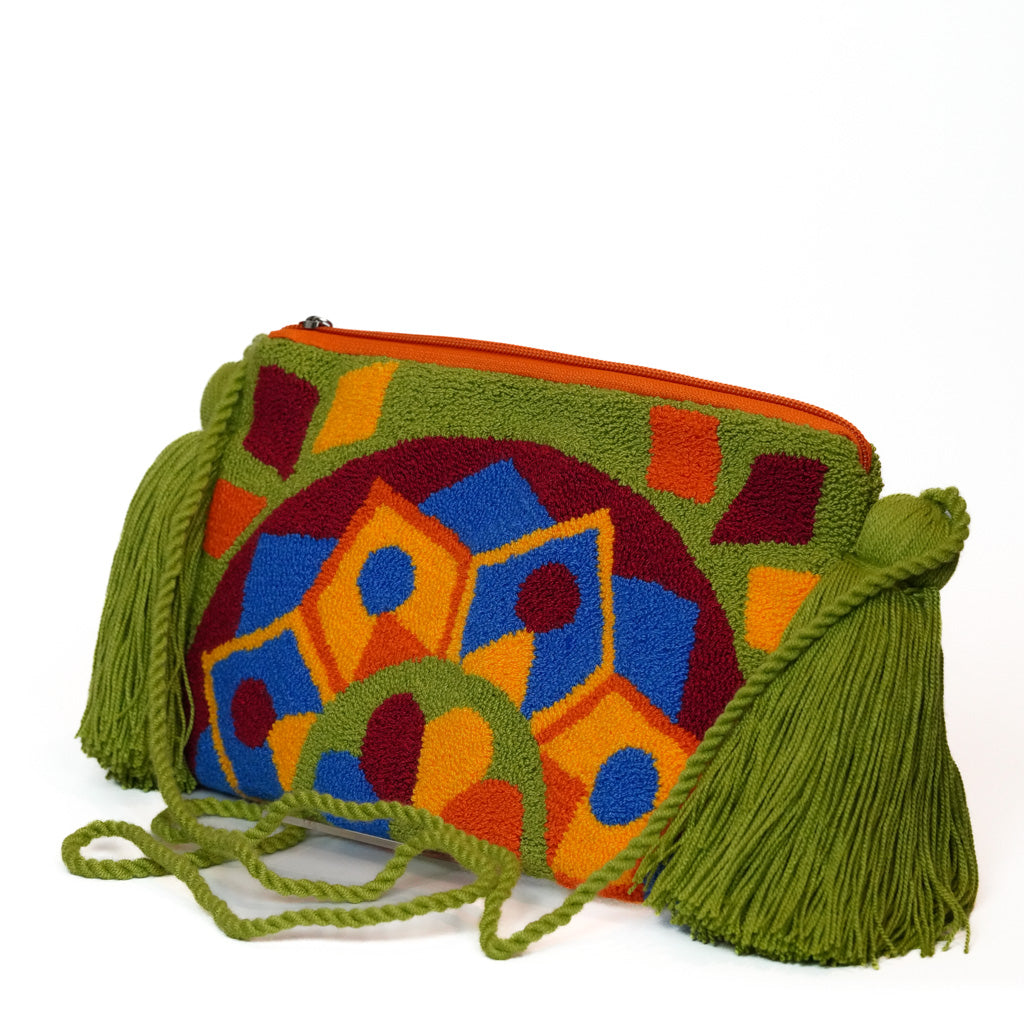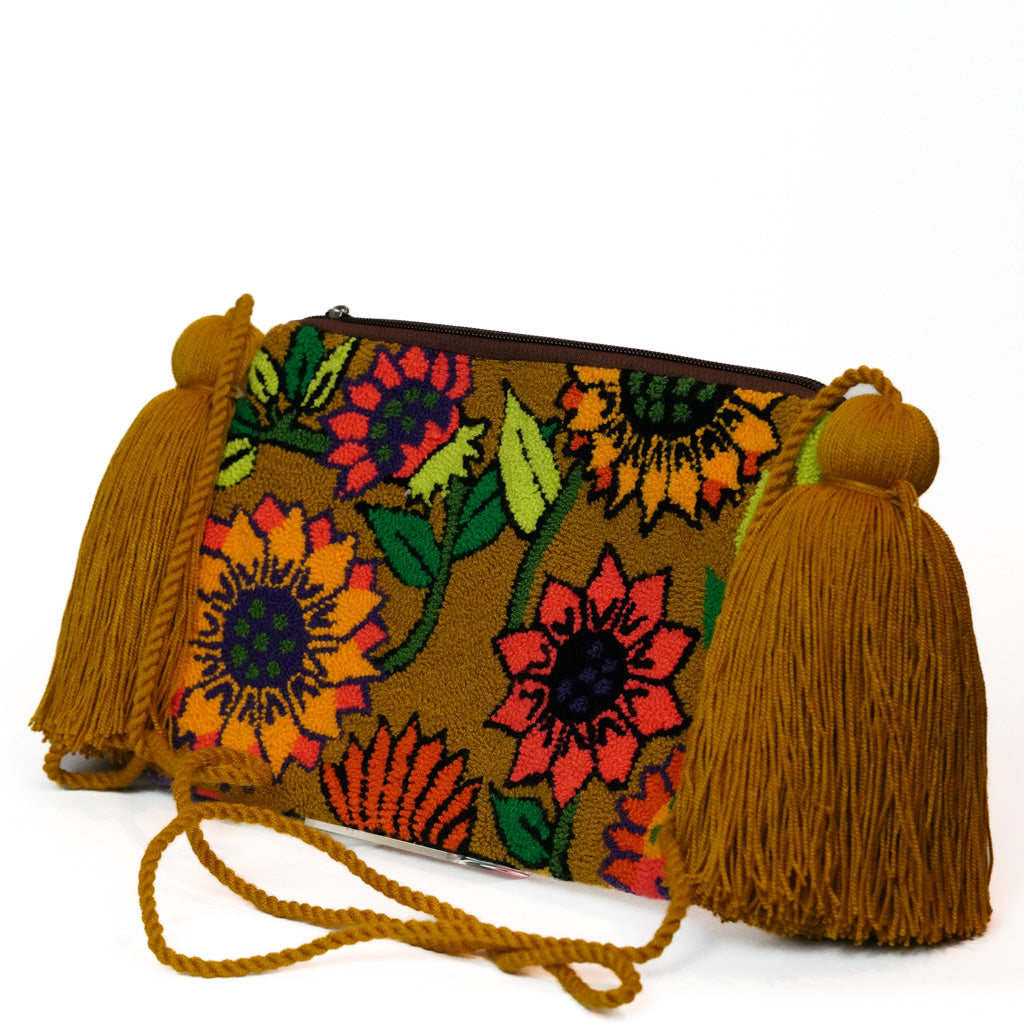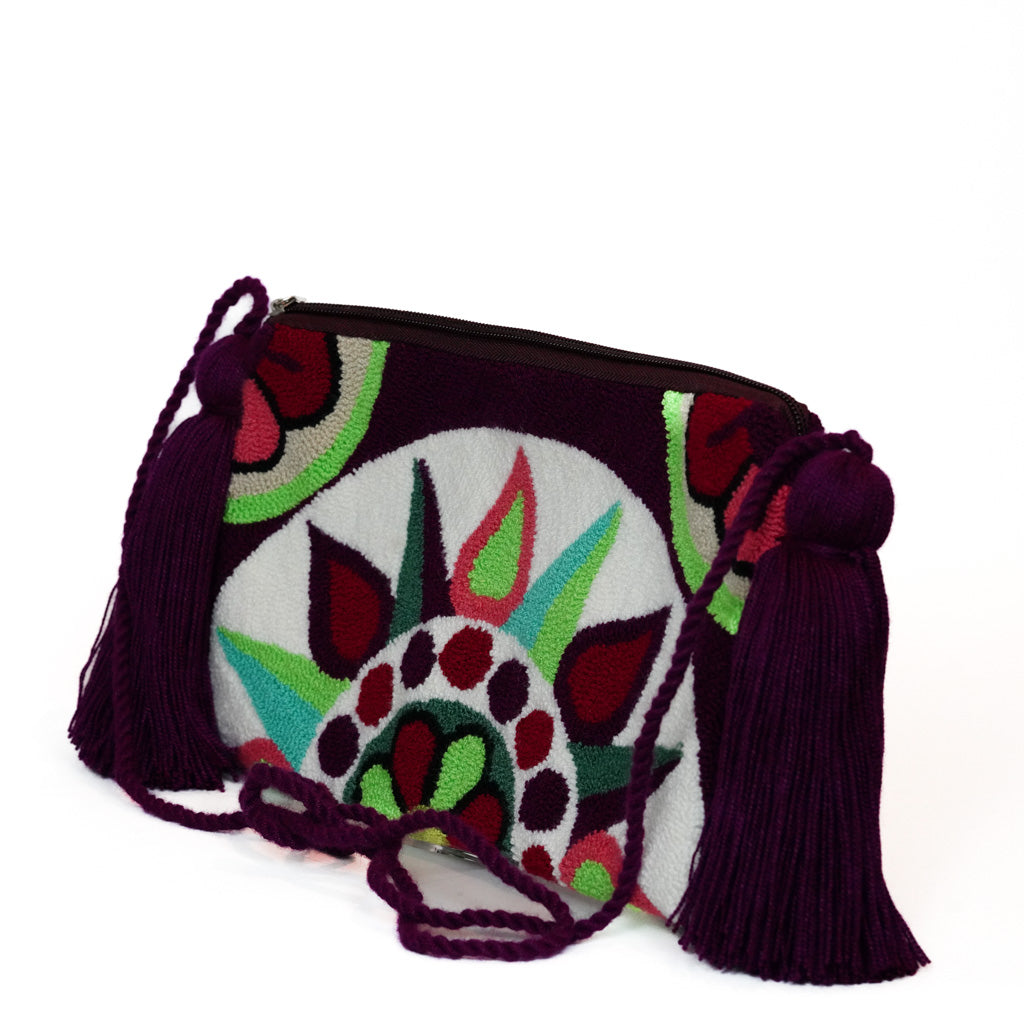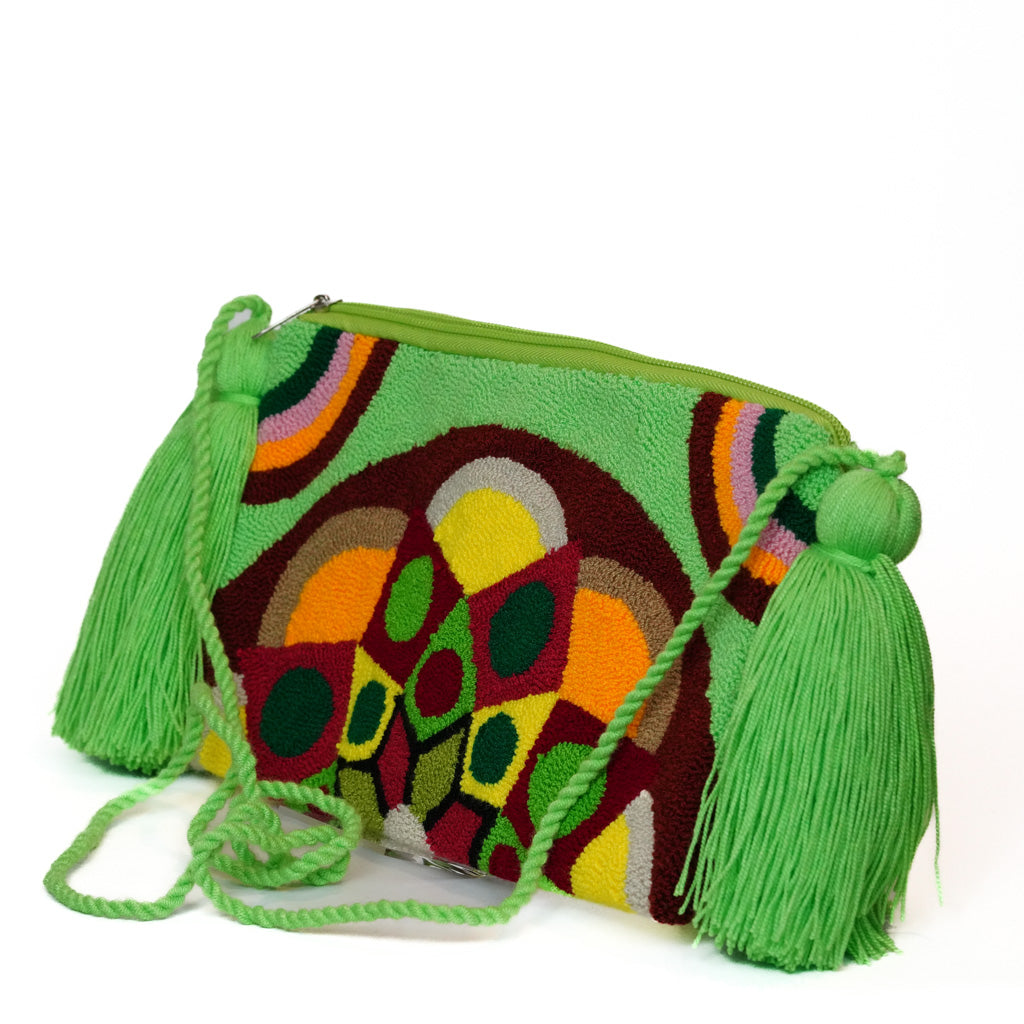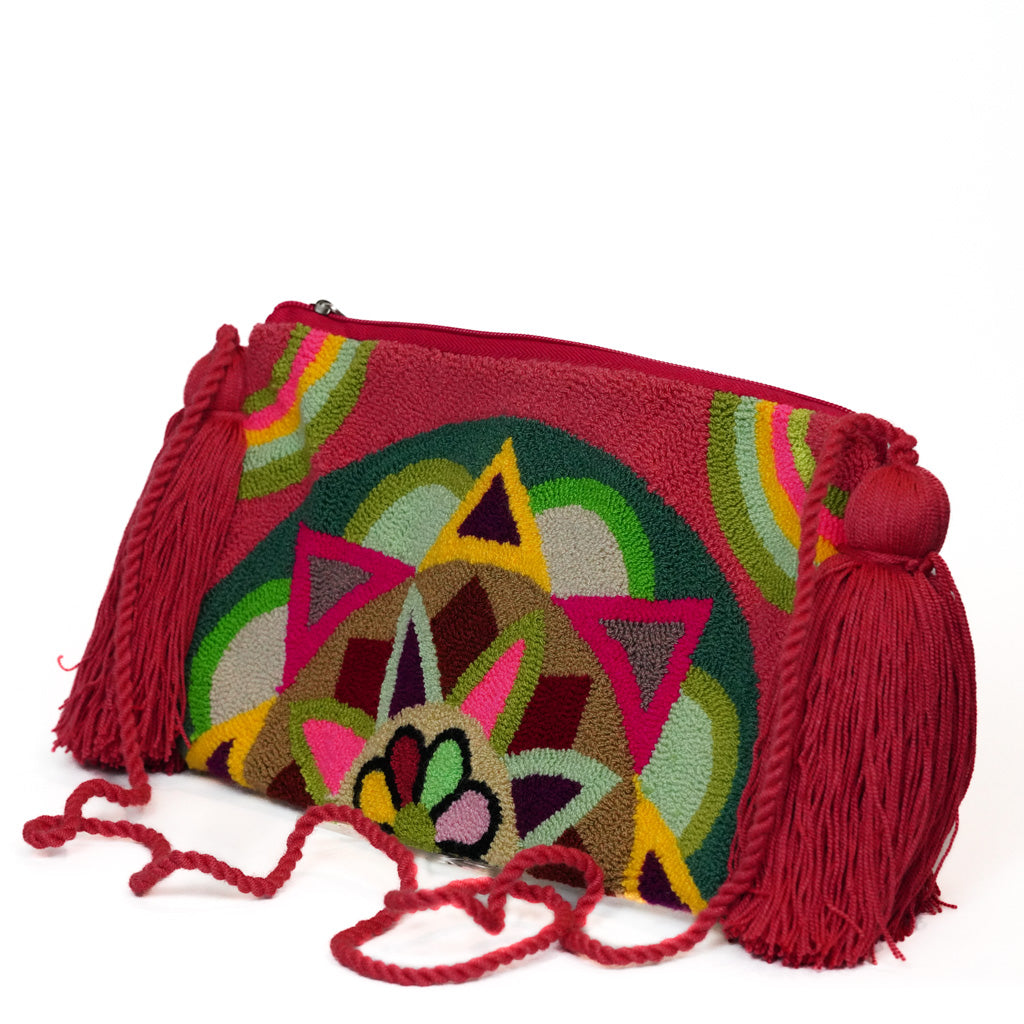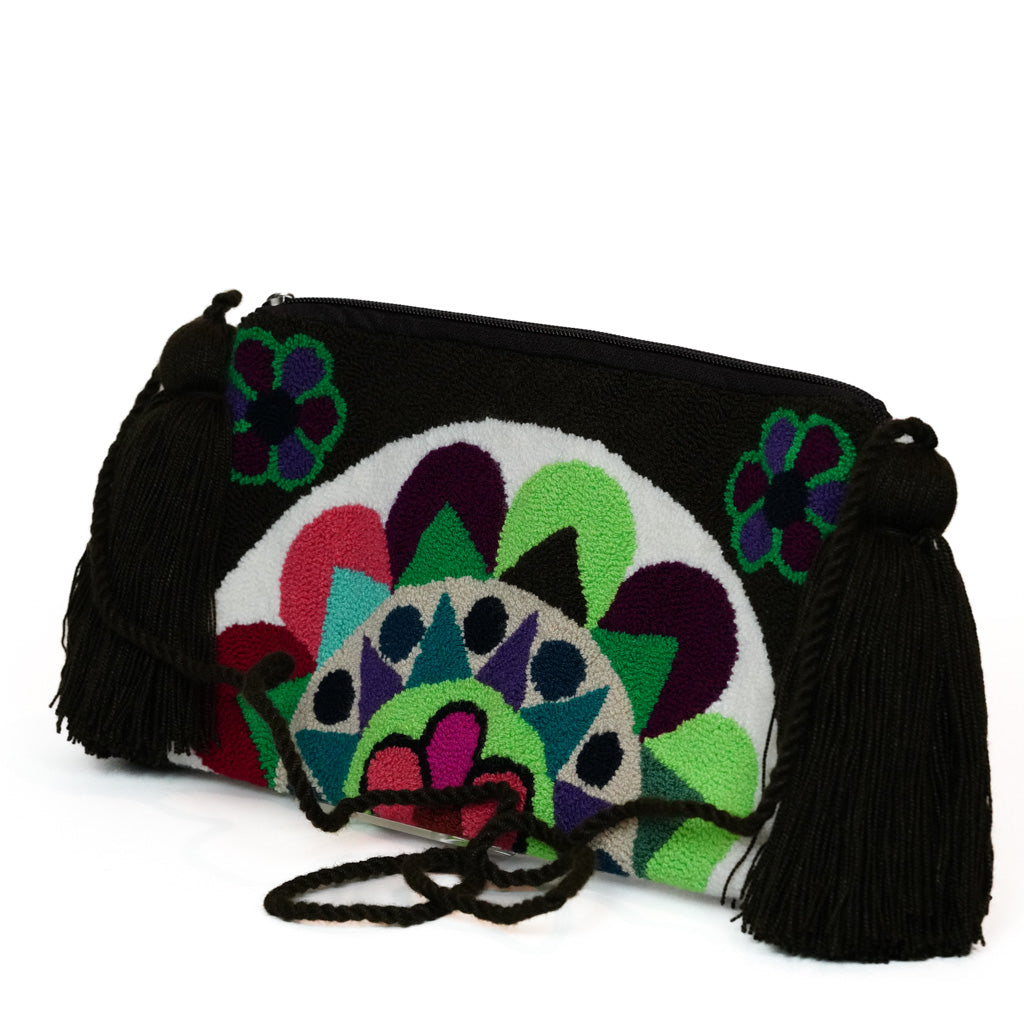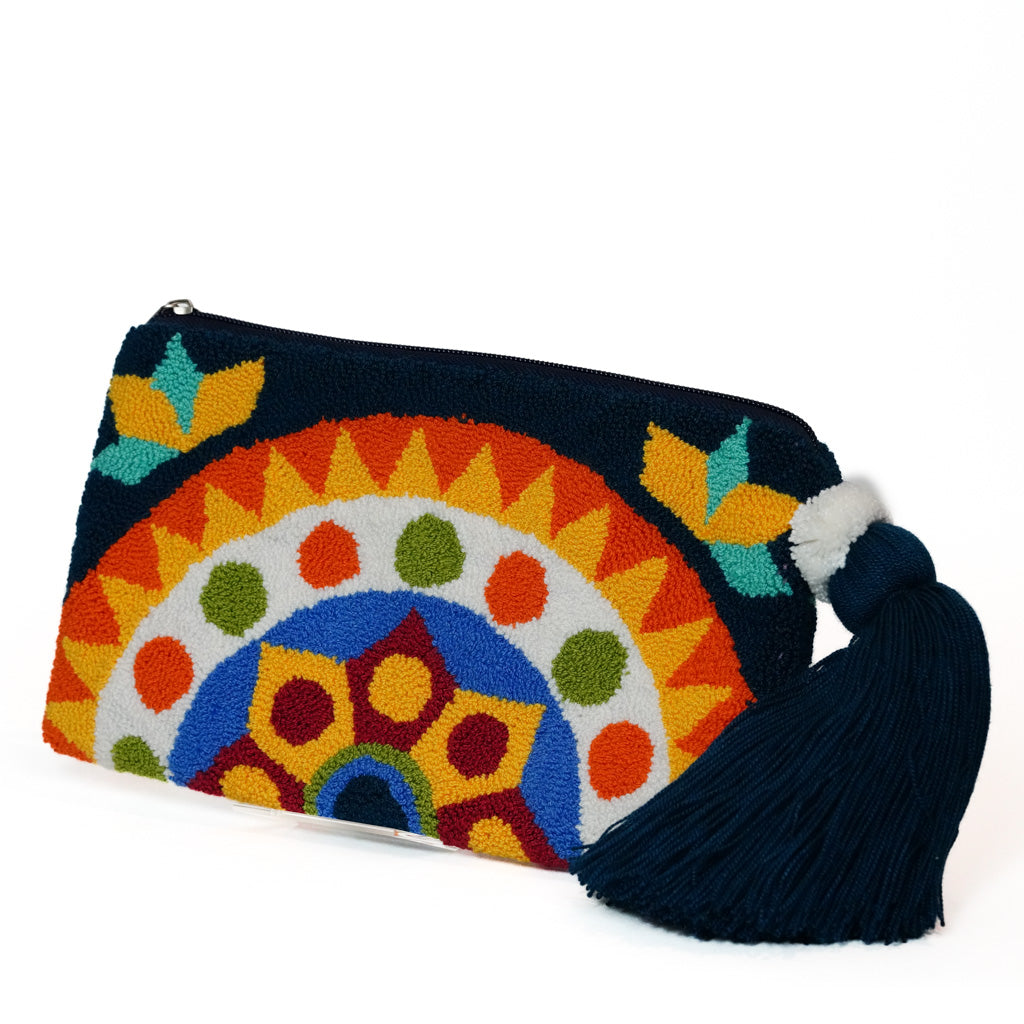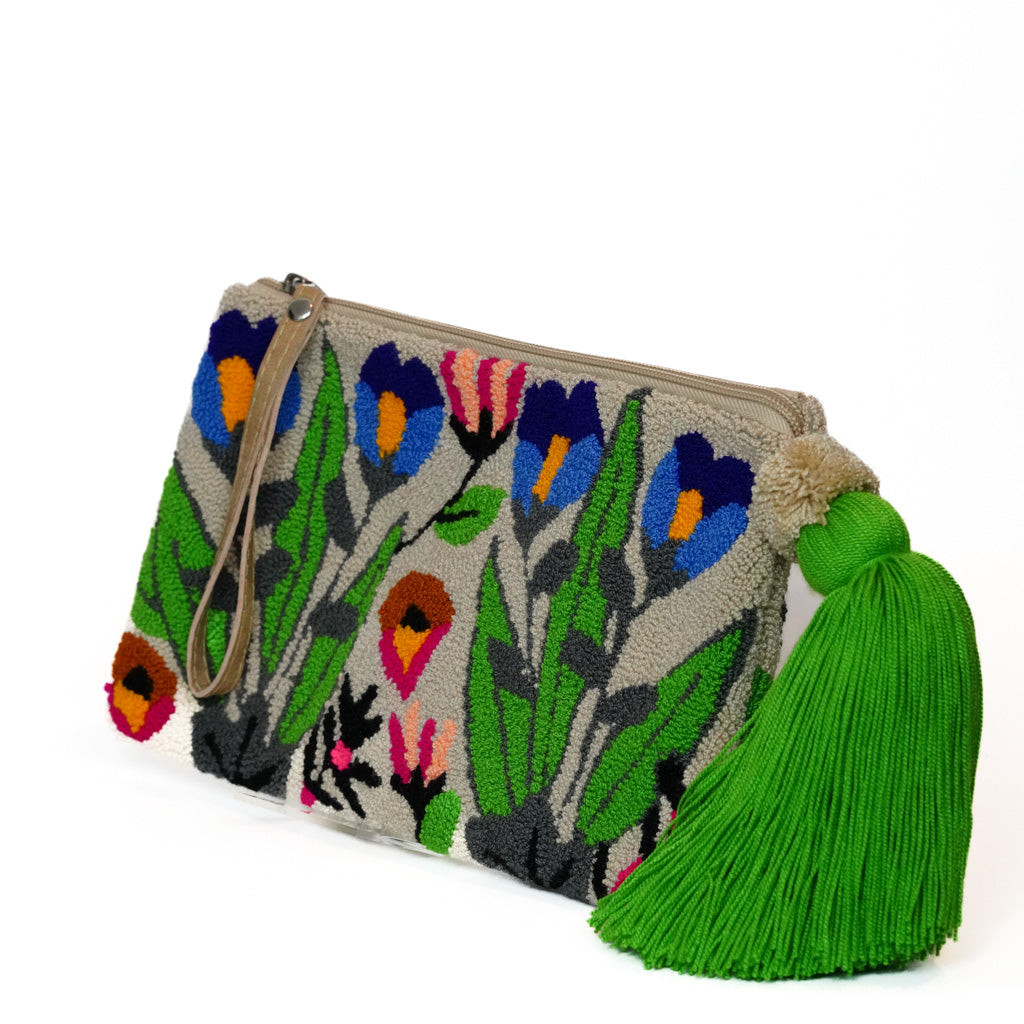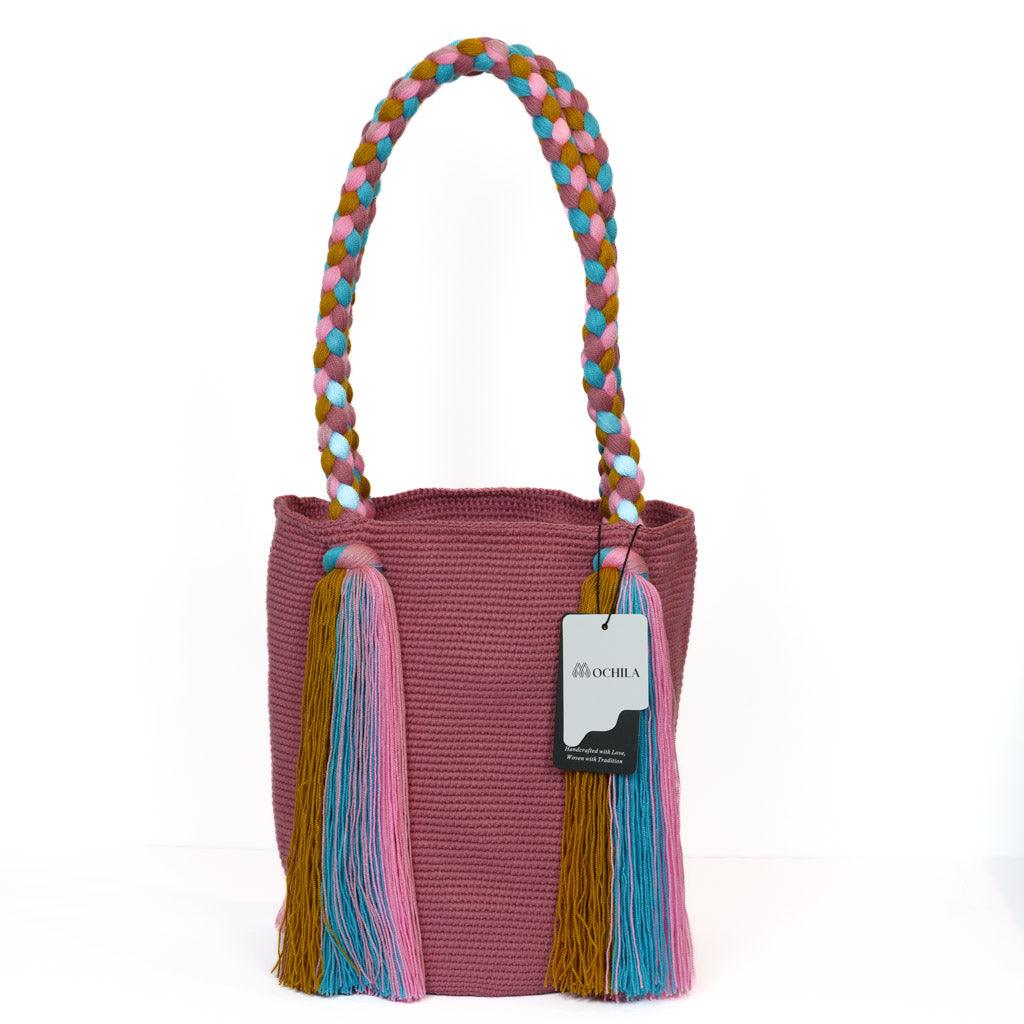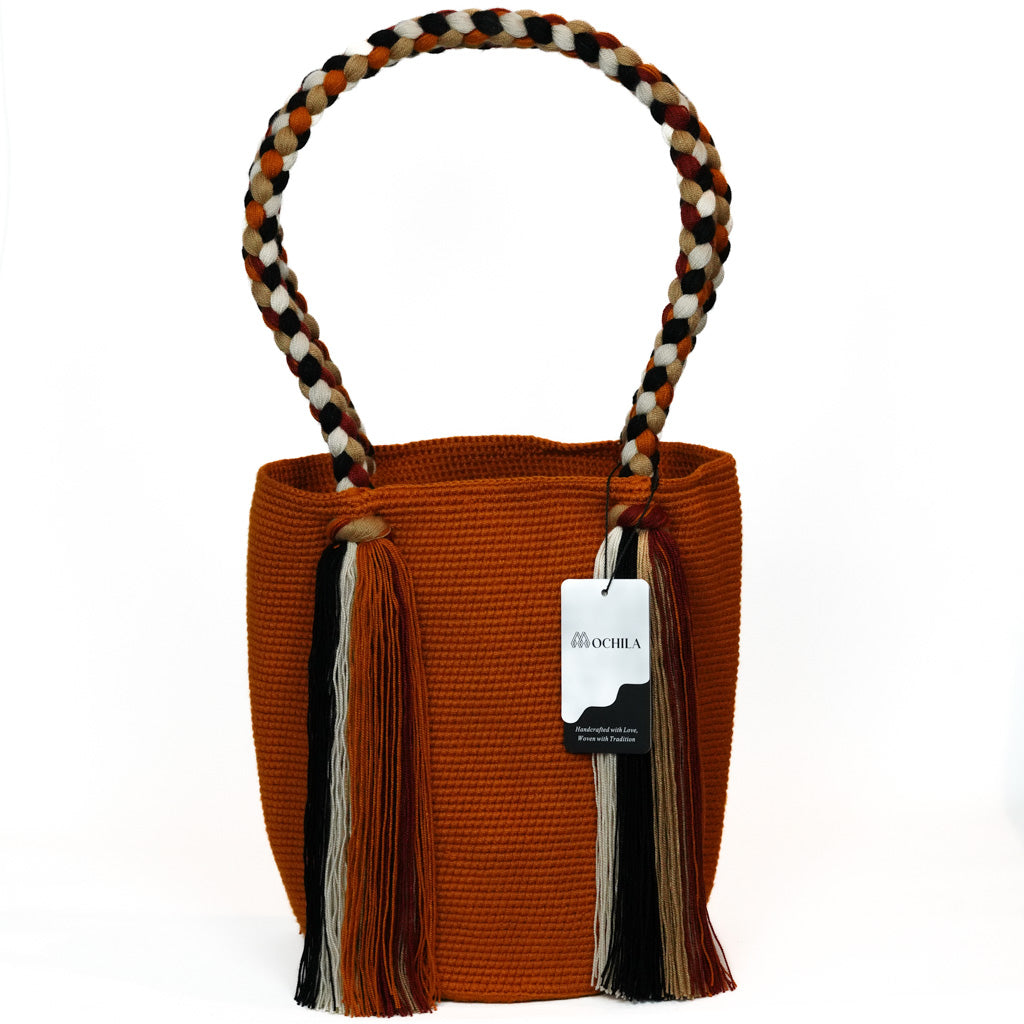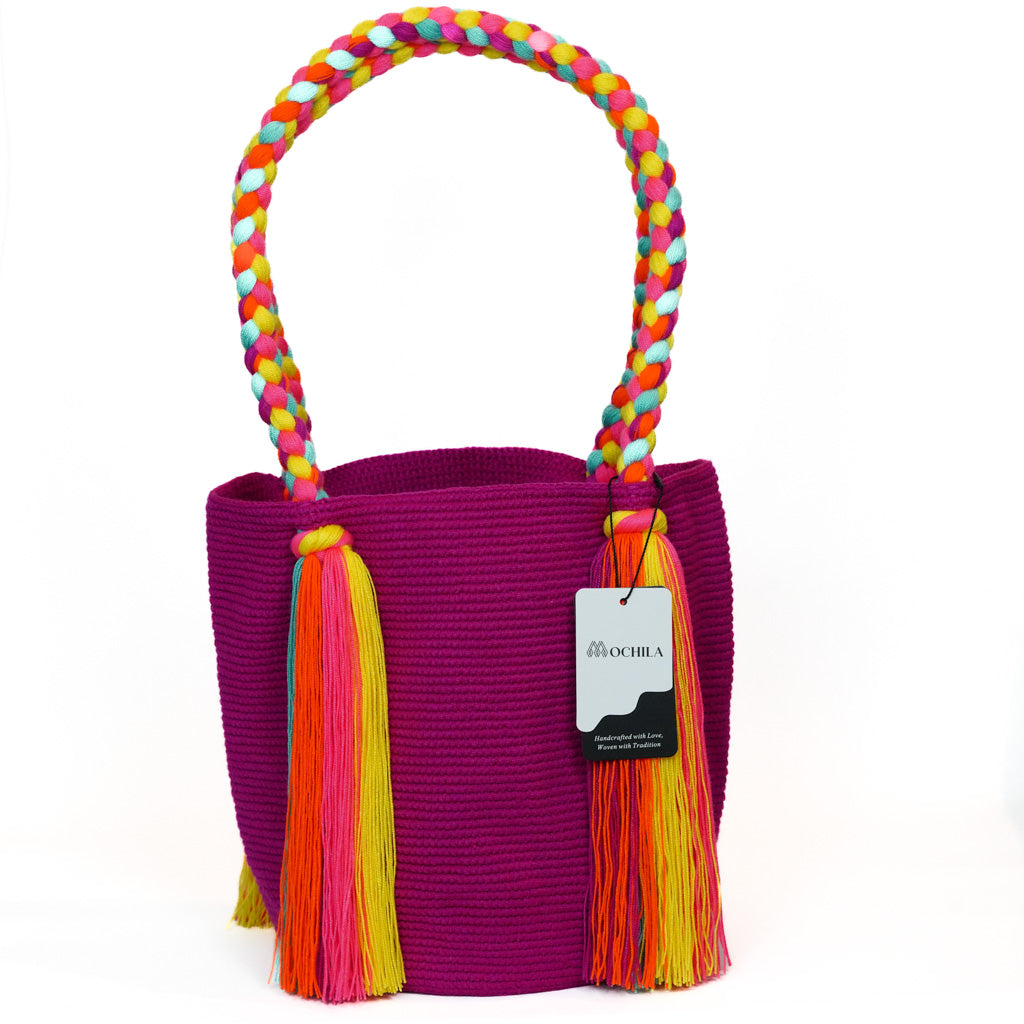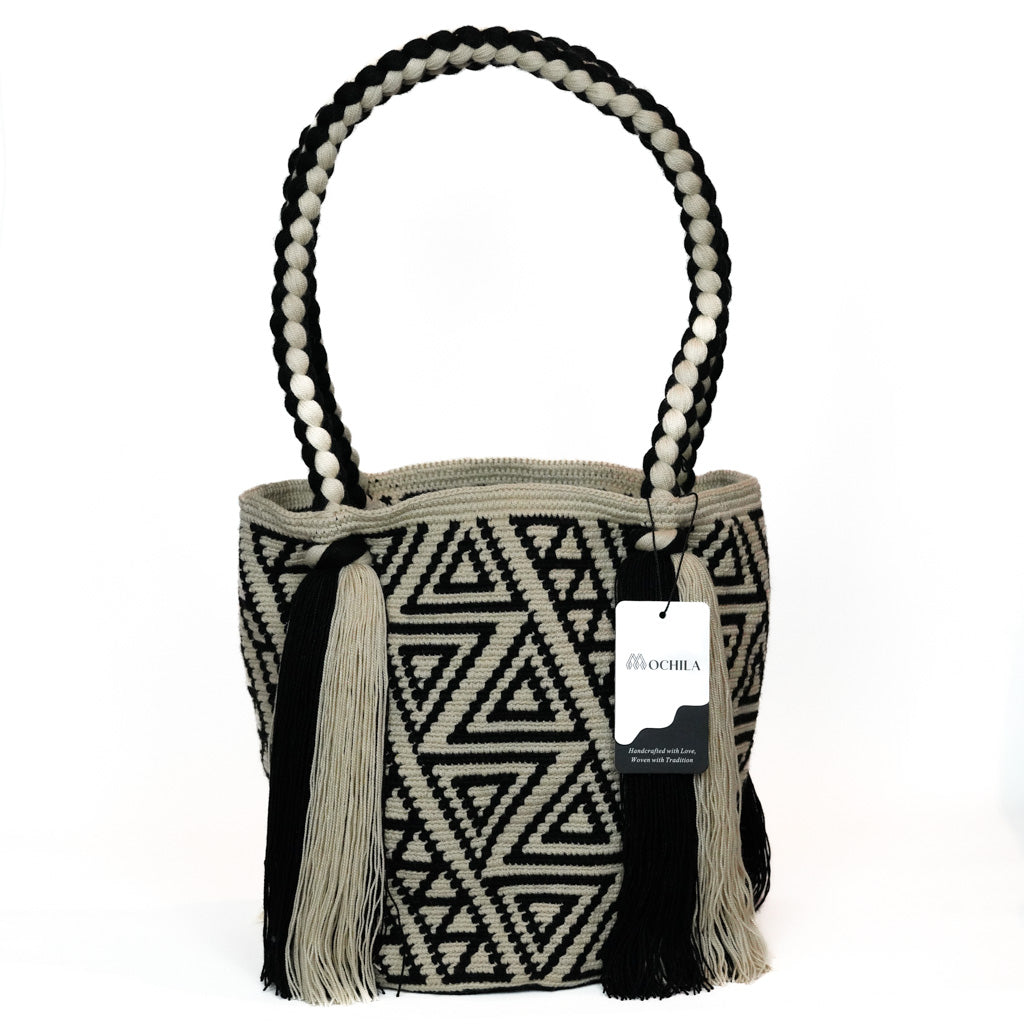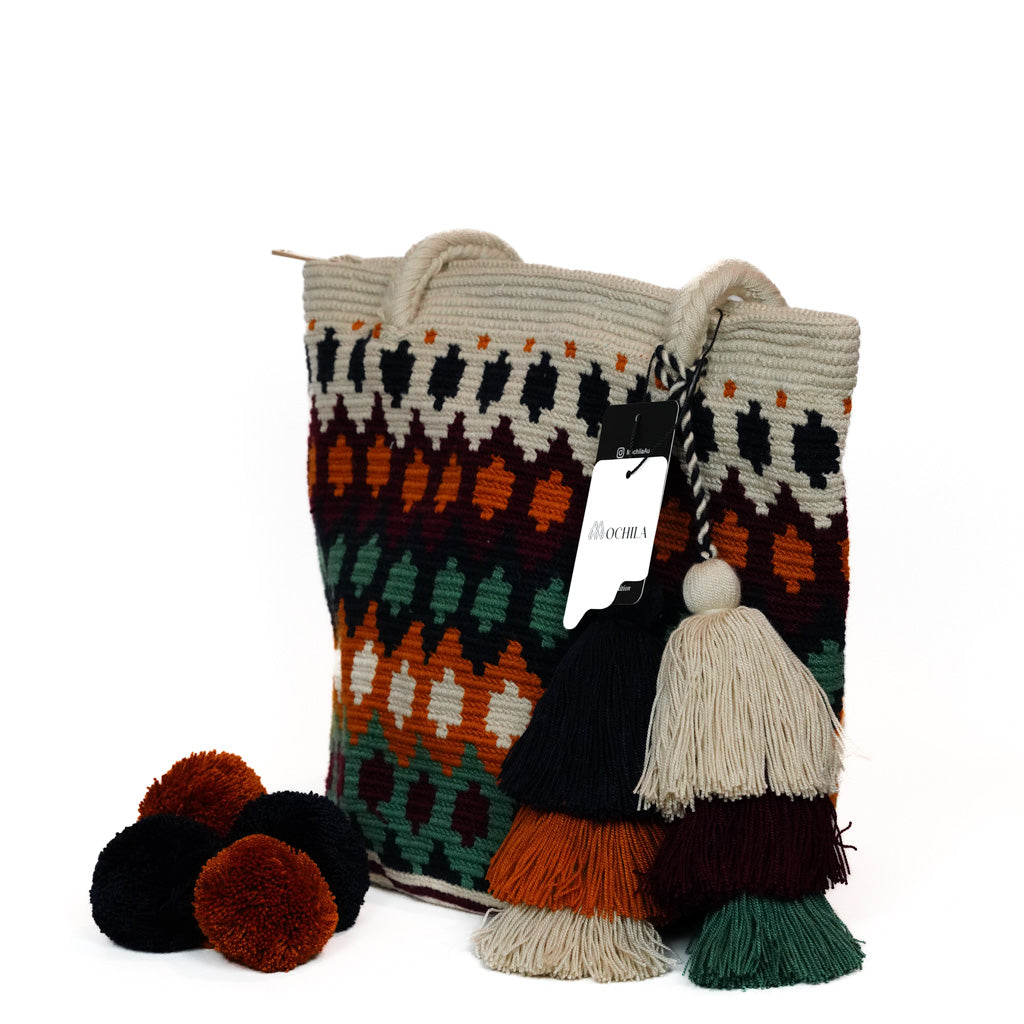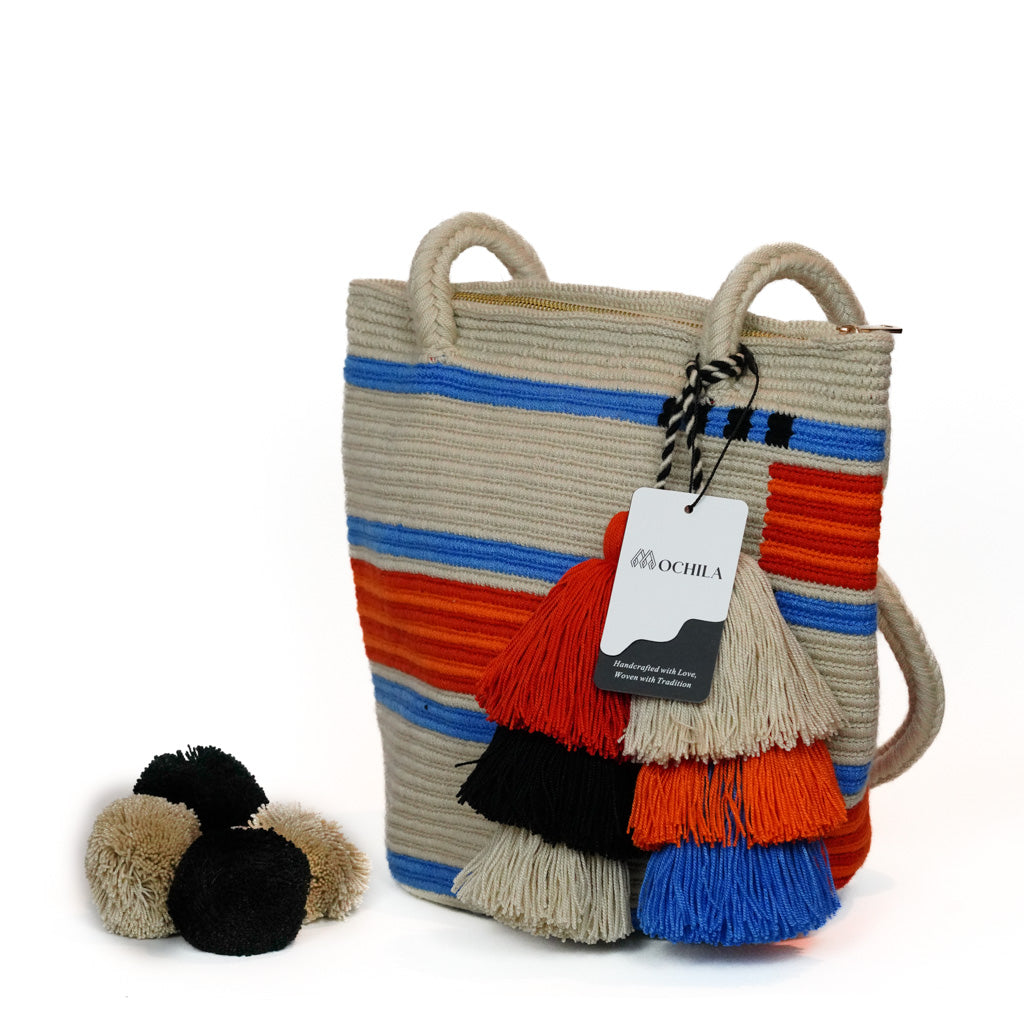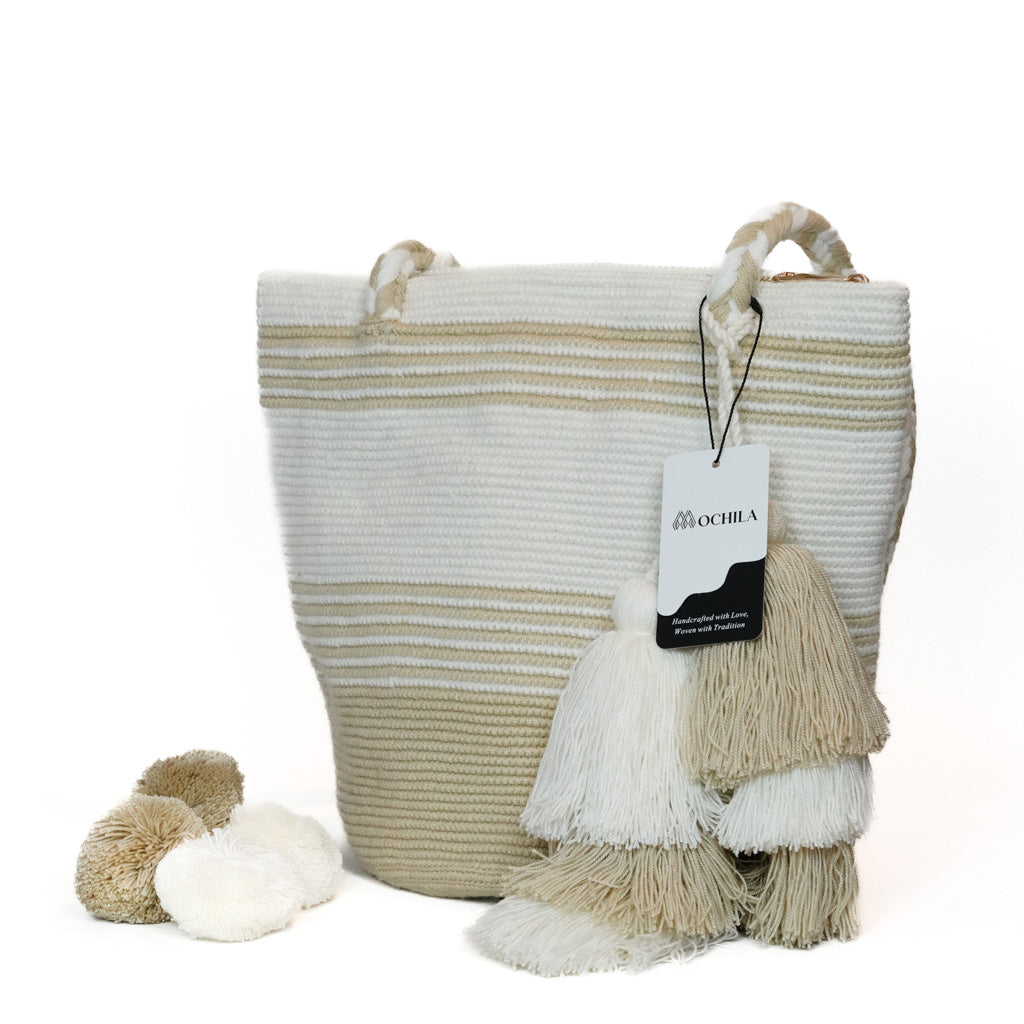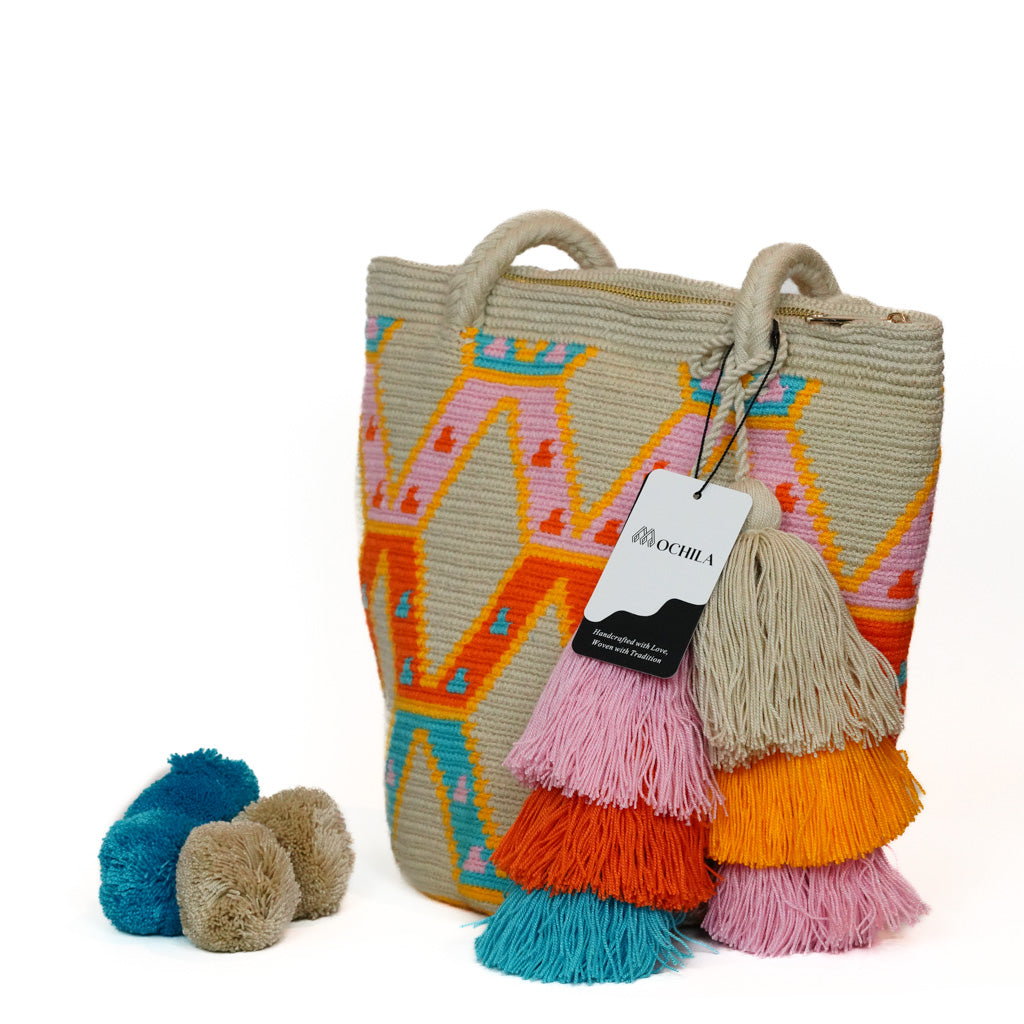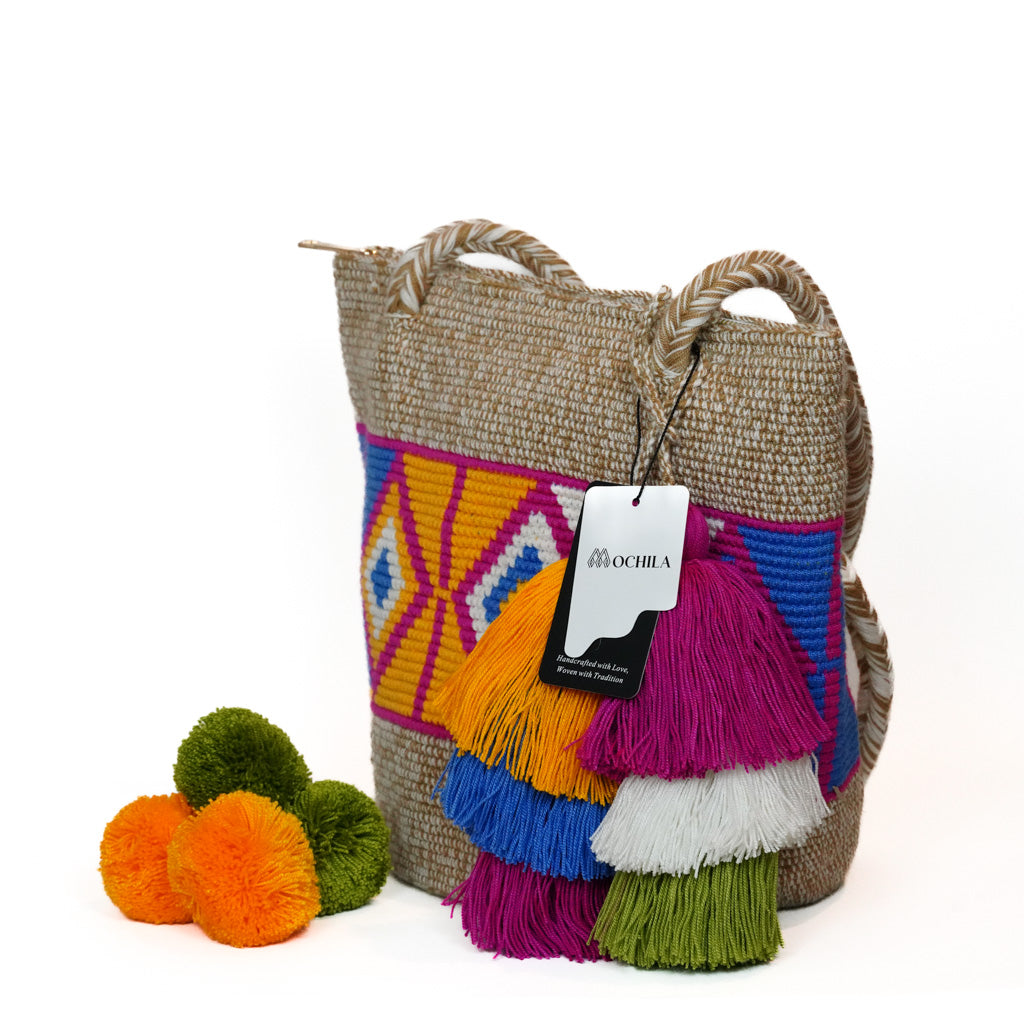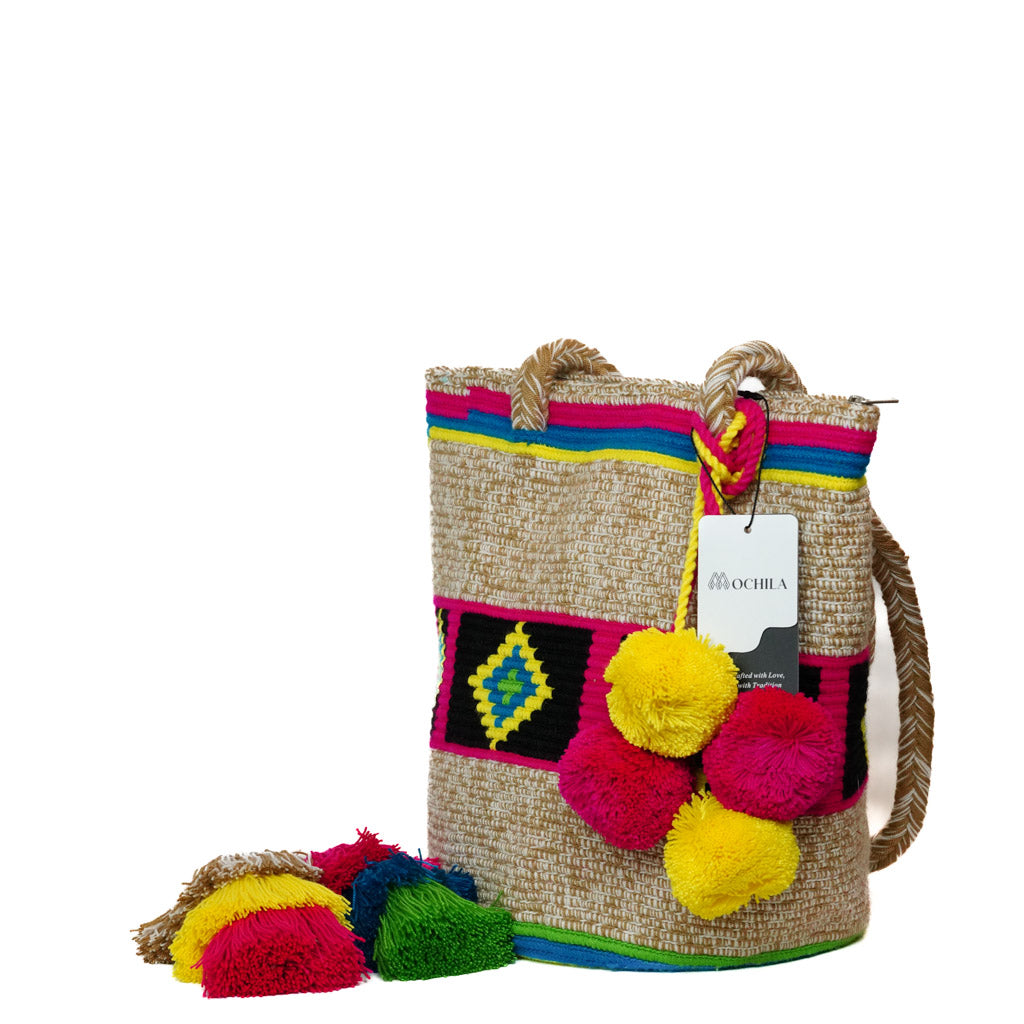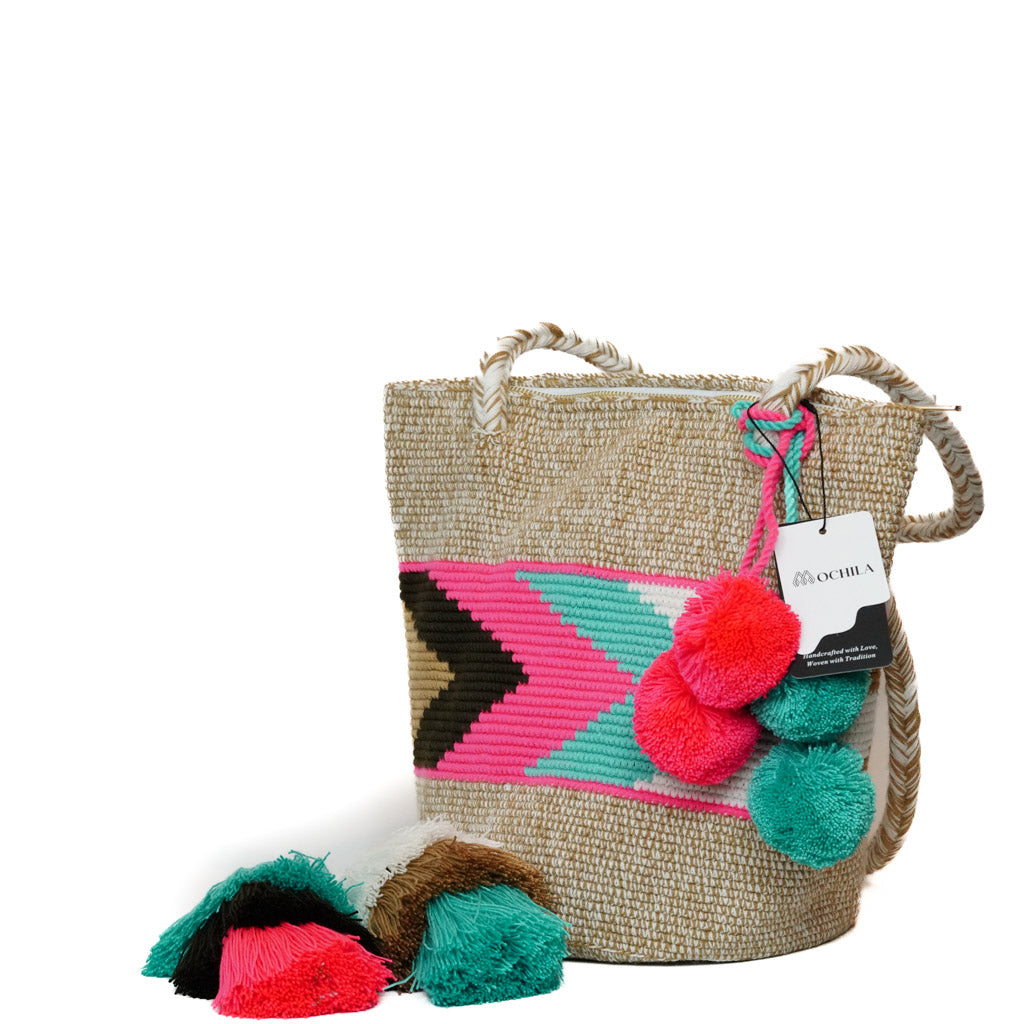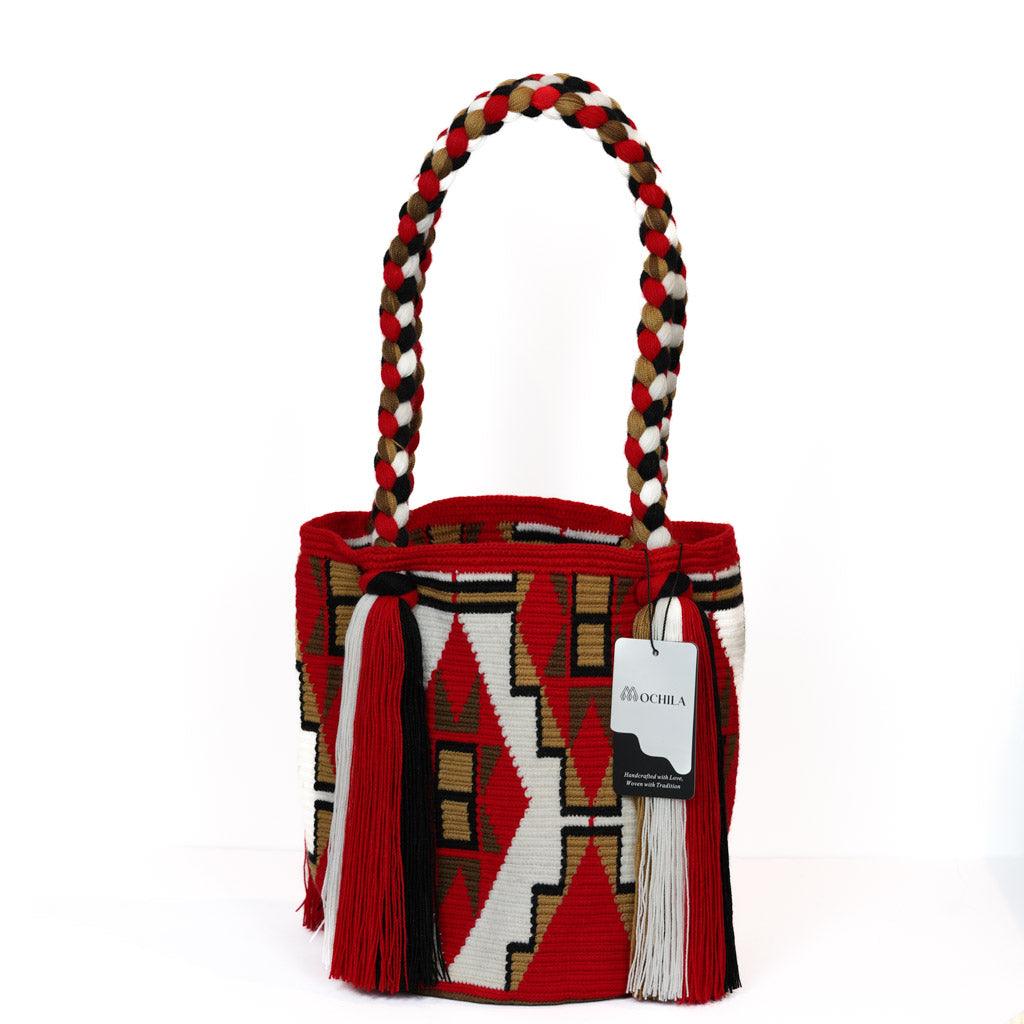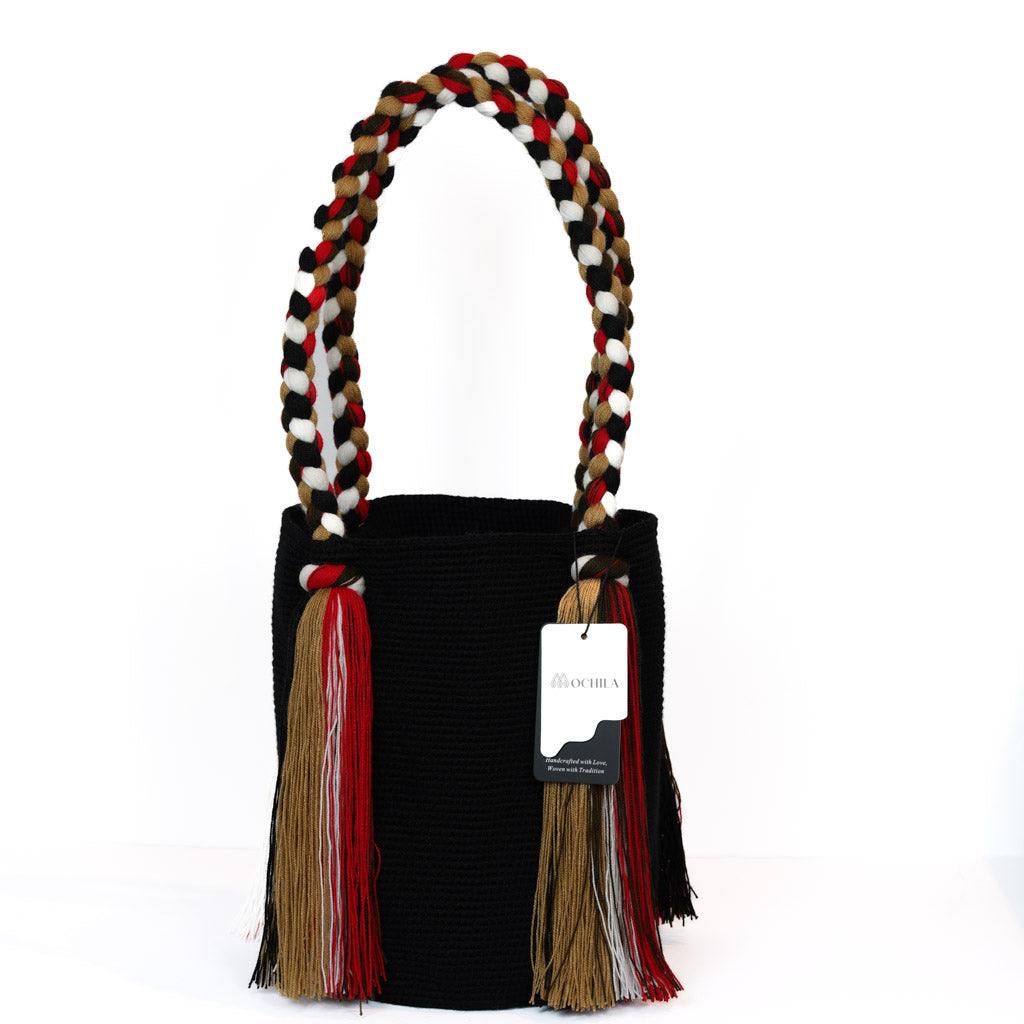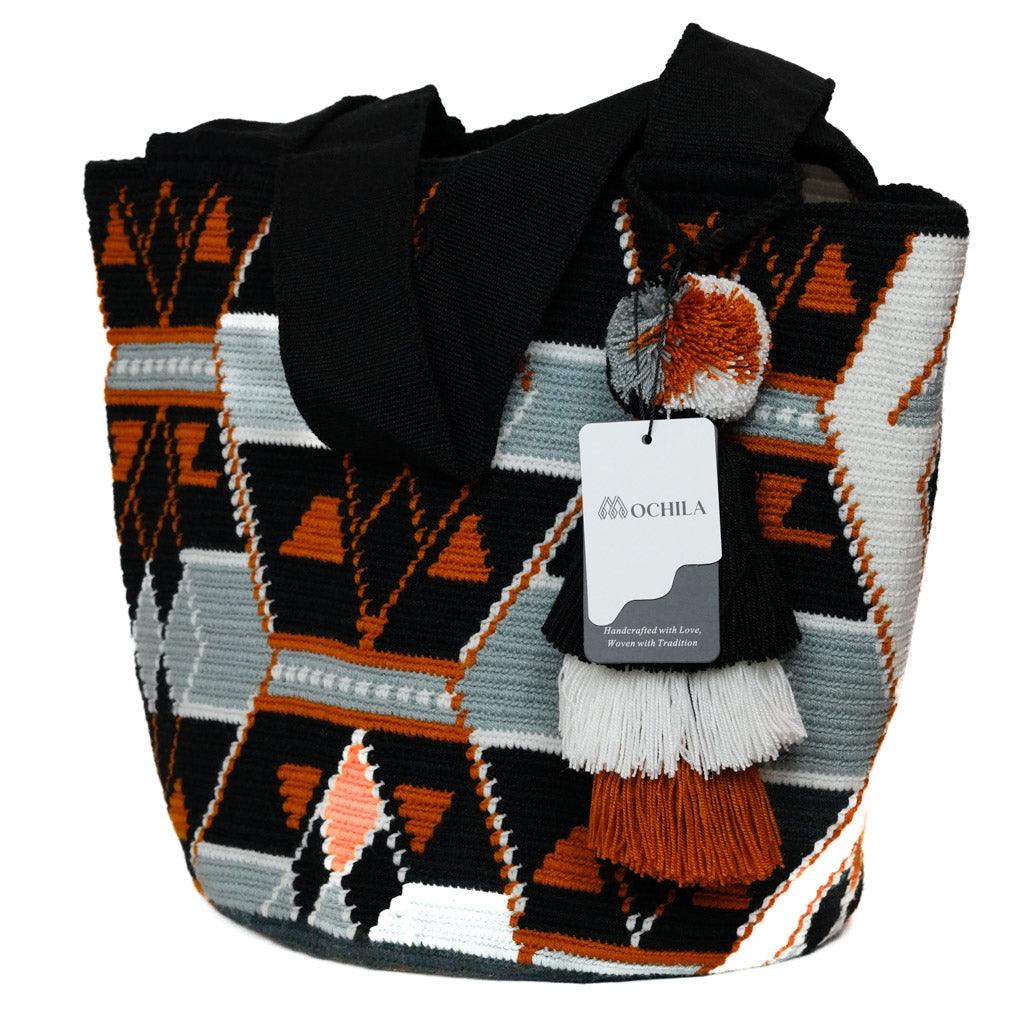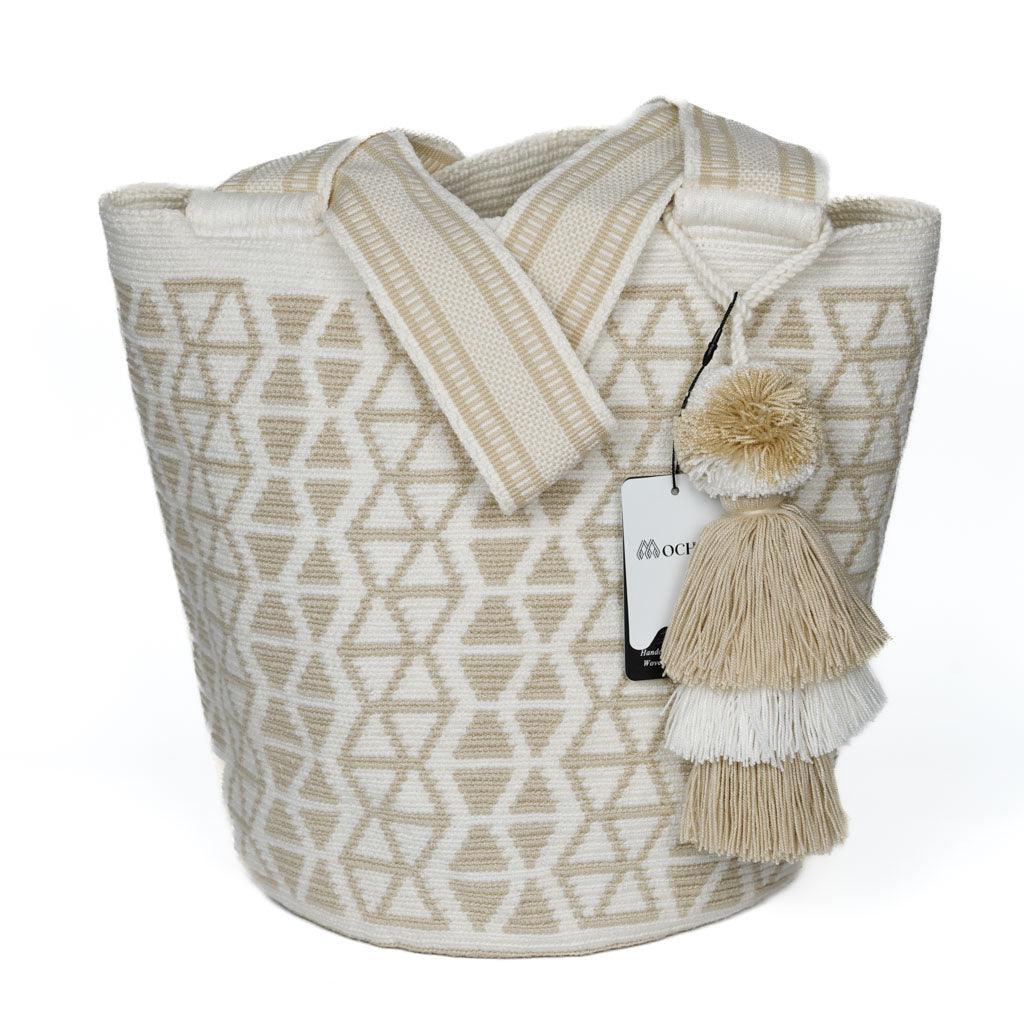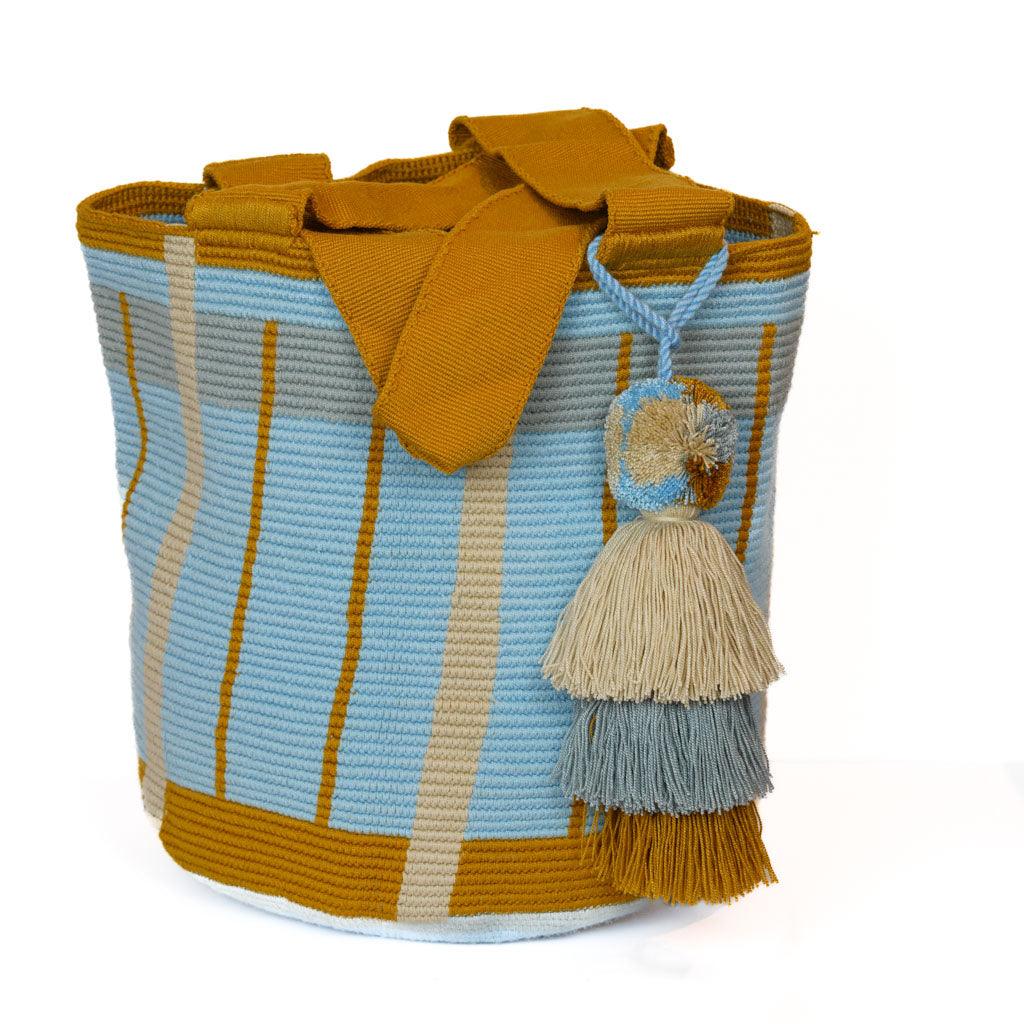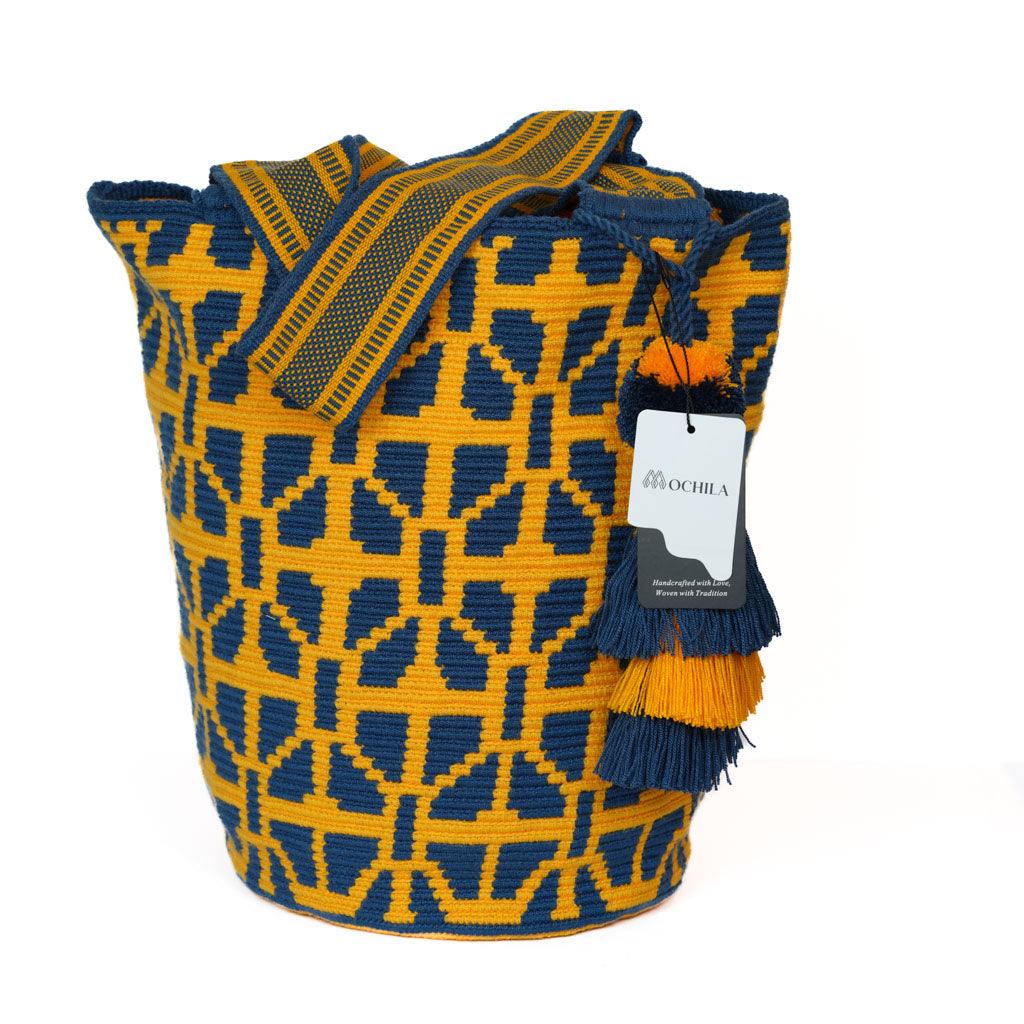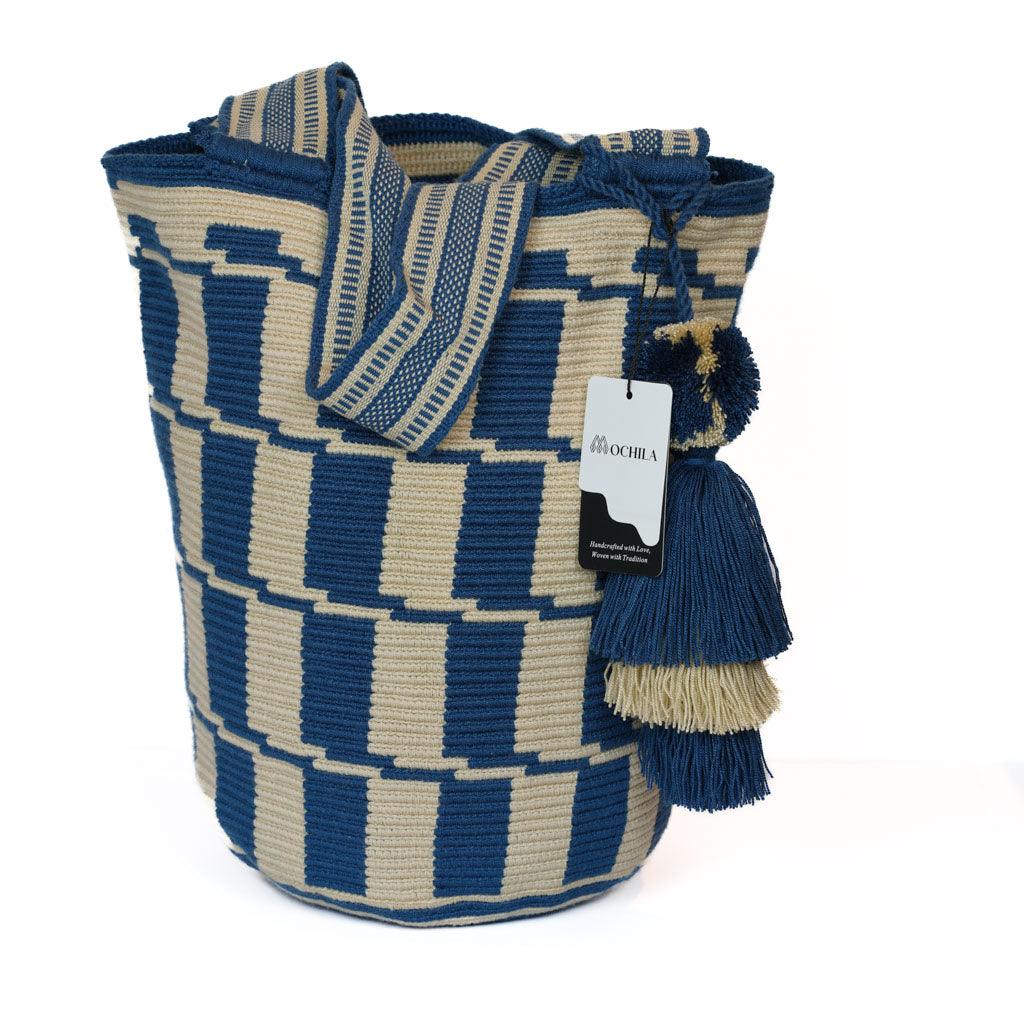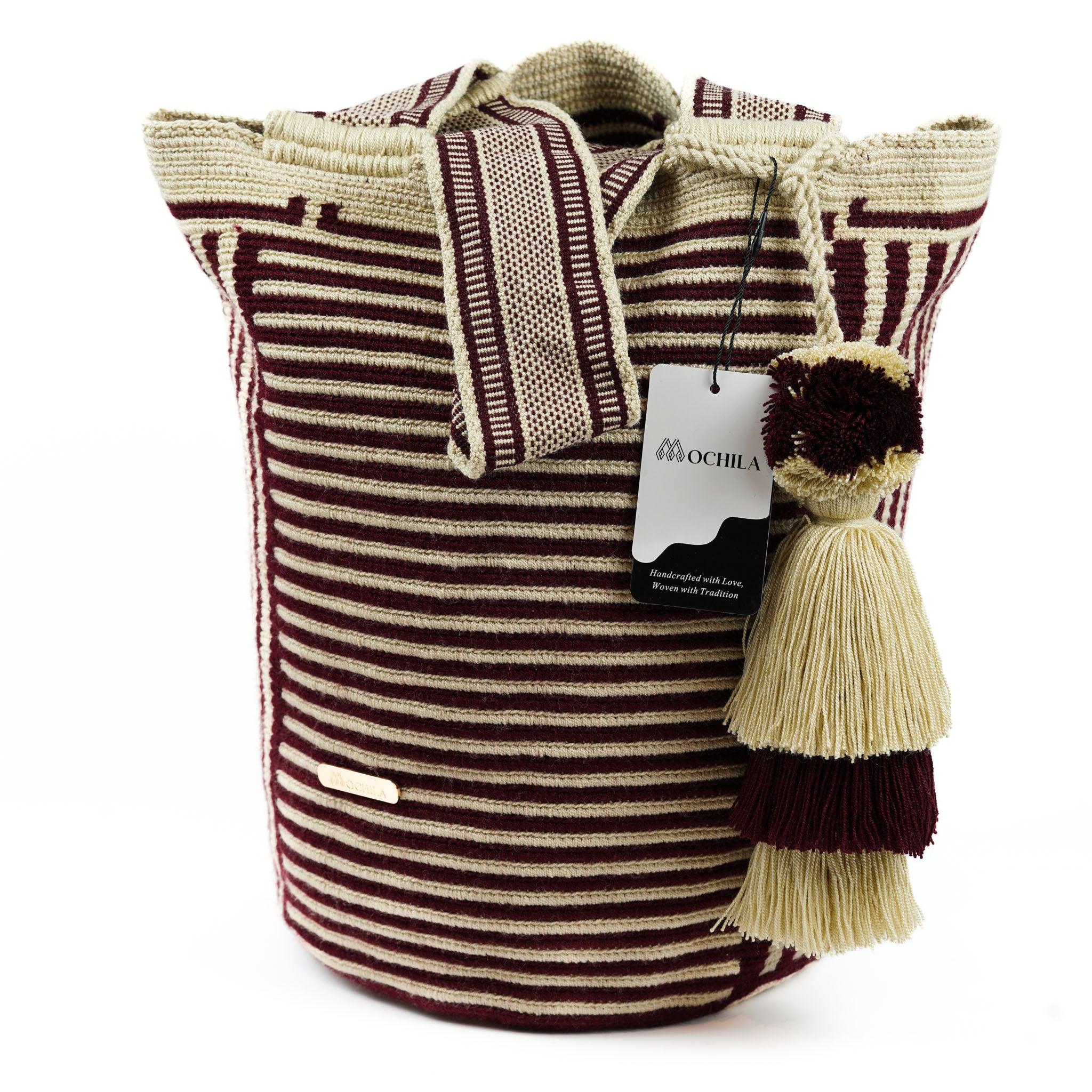Introduction to Amigurumi
With its origins in Japanese culture, amigurumi is a popular and fascinating form of crochet that many enthusiasts have embraced worldwide. This section will delve into what amigurumi is and explore the journey of its popularity.
What is Amigurumi?
Amigurumi is a Japanese style of crochet or knitting that involves creating stuffed animals, dolls, and other three-dimensional objects. The term "amigurumi" comes from combining the Japanese words "ami," meaning crocheted or knitted, and "nuigurumi," meaning stuffed doll.
The art of amigurumi involves crafting and stuffing parts of a doll or animal separately, usually starting with a magic ring, and then crocheting in rounds. These parts are then assembled to complete the creation. The unique aspect of amigurumi is its creativity and versatility, allowing crafters to bring to life anything from fantastical creatures to everyday household items.
The History and Popularity of Amigurumi
Amigurumi has its roots in the Japanese arts of knitting and crochet. It gained significant popularity in Japan in the 1980s and soon spread its charm globally with the rise of the internet and social media.
The appeal of amigurumi extends beyond just the act of creation. The end products, often characterized by their cuteness or 'kawaii,' have a certain whimsical charm that has captivated both the young and the old. From cute little animals to cartoon characters, the possibilities of what you can create with amigurumi are virtually endless.
Today, amigurumi is not just a hobby but also a form of art and expression. It's a wonderful way to unwind, get creative, and even make heartfelt gifts for loved ones. Given its popularity, there are now numerous resources available for those interested in learning how to crochet amigurumi dolls, from books and online tutorials to community workshops.
Whether you're a seasoned crochet enthusiast or a novice looking to expand your skills, amigurumi offers a unique and rewarding challenge. As you journey into the world of amigurumi, remember to be patient, practice regularly, and most importantly, enjoy the process of bringing your creations to life. If you're new to crocheting, you might find our how to crochet for beginners guide to be a helpful start.
Getting Started with Amigurumi
Entering the world of amigurumi crocheting can be an exciting journey. Before starting, it's necessary to understand the essential materials and basic stitches commonly used in amigurumi.
Essential Materials for Amigurumi
To start crocheting amigurumi dolls, you will need certain materials. Here is a list:
Yarn: You'll need medium-weight yarn for the body of the amigurumi doll. The color and type of yarn can vary depending on the design of the doll.
Crochet Hook: A suitable crochet hook is essential for amigurumi. The hook size will depend on the thickness of the yarn you're using. A hook size of 3.5 to 4.5 mm is typically recommended for medium-weight yarn. If you're unsure about hook sizes, our guide on how to determine crochet hook sizes can help.
Stuffing: Polyester fiberfill is commonly used for stuffing amigurumi dolls. It's soft, lightweight, and retains its shape well.
Safety Eyes: Safety eyes give your amigurumi doll a lively and expressive look. They come in various sizes, so you can choose based on your doll's design.
Yarn Needle: A yarn needle is used to sew the parts of the amigurumi doll together.
Scissors: A pair of sharp scissors is necessary for cutting yarn.
Remember, the quality of materials can significantly impact the outcome of your project.
Understanding the Basic Stitches for Amigurumi
Crocheting amigurumi dolls involves several basic stitches. Here are a few you'll need to know:
Magic Ring: This is a technique used to start crocheting in the round. It creates a tight and adjustable loop that's perfect for the top of the amigurumi head or bottom of the body.
Single Crochet (SC): This is the most common stitch used in amigurumi. It creates a tight and dense fabric, which is ideal for maintaining the shape and structure of the doll.
Increase (INC): This involves making two single crochet stitches in the same stitch from the previous round. It's used to expand the size of the piece.
Decrease (DEC): This is the opposite of an increase. It involves turning two stitches from the previous round into one. It's used to reduce the size of the piece.
Slip Stitch (SL ST): This is typically used to join the end of a round to the beginning.
Chain (CH): This basic crochet stitch is often used to start a project or create space between stitches.
For detailed instructions on how to make these stitches, check out our guide on how to crochet stitches.
Understanding these materials and stitches is vital in learning how to crochet amigurumi dolls. With consistent practice, you'll soon be able to bring your adorable amigurumi creations to life.
How to Crochet Amigurumi Dolls
Crocheting amigurumi dolls is a delightful and creative way to expand your crochet skills. This Japanese art form is admired for its cute and whimsical designs. If you're wondering how to crochet amigurumi dolls, this section will guide you through the essential steps and provide useful tips for shaping and stuffing your creation.
Step by Step Guide to Crocheting an Amigurumi Doll
Gather your materials: You will need yarn, a crochet hook that matches the size of your yarn, stuffing material, and a yarn needle. You may also want safety eyes for your doll and embroidery thread for additional features.
Start with a magic ring: This technique is commonly used in amigurumi to start crocheting in the round. It creates a tight and secure beginning for your doll.
Work in the round: Most amigurumi dolls are crocheted in the round. This means you'll be working in a spiral rather than joining each round with a slip stitch.
Increase and decrease: To shape your doll, you'll need to increase (add stitches) and decrease (reduce stitches). Increasing is typically done by crocheting two stitches into one, while decreasing is done by crocheting two stitches together.
Follow the pattern: Each amigurumi doll will have a specific pattern to follow. This will tell you where and when to increase or decrease, as well as when to change colors if necessary.
Stuff as you go: It's easier to stuff your amigurumi doll as you crochet, rather than waiting until the end. This ensures the stuffing is evenly distributed.
Sew together: Once you've crocheted all the pieces of your doll, you'll need to sew them together using a yarn needle.
Add the finishing touches: This is where you can add eyes, embroider a face, or add any other details to bring your doll to life.
Tips for Shaping and Stuffing Your Doll
Even stuffing: Ensure that your amigurumi doll is uniformly stuffed. Uneven stuffing can result in a lumpy appearance.
Not too tight, not too loose: The stuffing should be firm, but not overstuffed. If the stuffing is too tight, it can stretch the stitches and create gaps through which the stuffing can be seen.
Safety Eyes: These are a popular choice for amigurumi dolls. They are easy to attach and have a secure backing to ensure they stay in place.
Shaping: Remember that the placement of the features can dramatically change the expression of your doll. Take your time and experiment with different placements until you are satisfied with the look.
Sewing: When sewing pieces together, make sure the stitches are secure but not overly tight. You want to maintain the soft and squishy nature of the doll.
Practice: Like any skill, crocheting amigurumi dolls requires practice. Don't be discouraged if your first few dolls aren't perfect. Every doll you crochet will help you improve your skills.
Crocheting amigurumi dolls is a fun and rewarding project. With practice, you'll be able to create a wide range of adorable characters. For additional help with crochet techniques, check out our articles on how to crochet and how to crochet stitches. Happy crocheting!
Common Challenges and How to Overcome Them
While learning how to crochet amigurumi dolls can be an exciting journey, it's not without its challenges. This section outlines the common difficulties that beginners may encounter and provides straightforward solutions to overcome them.
Difficulty in Reading Amigurumi Patterns
Understanding amigurumi patterns can be a tricky task for beginners as they often involve a unique set of abbreviations and symbols. The key to overcoming this challenge is practice and familiarity. Start by familiarizing yourself with common crochet terms and abbreviations. You can also refer to our guide on how to crochet for a quick refresher.
If you’re struggling with a specific part of the pattern, don't hesitate to seek help. Online crochet communities are great sources of advice and support. Remember, every crocheter was once a beginner, and most are more than happy to share their knowledge and experiences.
Difficulty in Sewing Pieces Together
Sewing pieces together is an integral part of creating amigurumi dolls, but it can also be one of the most challenging steps, especially for beginners. The key to mastering this skill lies in patience and precision.
Use stitch markers to hold pieces together before you start sewing. This will help ensure that the pieces are aligned correctly. Practice the whip stitch and the slip stitch, as these are commonly used in amigurumi. For more guidance on different stitches, check out our article on how to crochet stitches.
Difficulty in Creating Symmetrical Parts
Creating symmetrical parts is essential when making amigurumi dolls. If you're struggling with this, don't worry. There are a few strategies you can employ to make this task easier.
Firstly, always count your stitches. Consistent stitch counts are crucial in maintaining symmetry. Using a stitch marker can help keep track of your rounds and ensure you're not adding or skipping stitches.
Secondly, when crocheting two identical parts, try to complete them consecutively. This helps ensure that the tension and the size remain consistent between both parts.
Finally, practice makes perfect. The more you crochet, the more consistent your tension will become, leading to more symmetrical parts.
Conquering these common challenges will bring you one step closer to creating your own amigurumi dolls. Keep practicing, stay patient, and remember to enjoy the process. Happy crocheting!
Advanced Techniques for Amigurumi Dolls
Once the basic skills of making amigurumi dolls are mastered, it's time to level up the game by learning some advanced techniques. This section will cover how to add facial features, create hair, and crochet clothing for your amigurumi dolls. These additional skills will allow you to give your dolls a unique personality and style.
Adding Facial Features
Adding facial features to your amigurumi doll can truly bring it to life. There are several different methods you can use to create eyes, a nose, and a mouth for your doll.
Embroidery is a common technique used for smaller details like the eyes and mouth. Using a yarn needle and black or colored yarn, you can create expressive eyes and a cute smile for your doll.
Safety eyes are another popular option for amigurumi, especially for dolls that will be handled by children. These eyes are made of plastic and can be safely secured to the doll's face.
To add a nose, you can either use embroidery techniques or make a small ball or oval shape with your yarn and sew it onto the face.
Creating Hair for Your Doll
There are numerous ways to create hair for your amigurumi doll, depending on the desired look.
One of the simplest methods is to crochet a cap in the color of your choice and then sew it onto the head of your doll.
For a more sophisticated look, you can create individual strands of hair. This involves cutting lengths of yarn, attaching them to the doll's head, and then styling as desired. You can leave the hair straight, or create curls by wrapping the yarn around a pencil or crochet hook and applying heat.
Clothing Your Amigurumi Doll
Creating clothing for your amigurumi doll is an excellent way to add personality and flair. You can crochet miniature outfits, including dresses, shirts, pants, and even accessories like hats and scarves.
When creating clothing, keep in mind the size and shape of your doll. Make sure that the clothing fits well and can be easily put on and taken off.
For inspiration and guidance on how to crochet doll clothing, consider exploring online tutorials or crochet pattern books.
Adding detailed features and accessories to your amigurumi dolls can be a fun and rewarding process. With practice, these advanced techniques can greatly enhance the appearance of your amigurumi creations. For additional guidance, check out our articles on how to crochet and how to crochet for beginners.
Additional Resources for Amigurumi Enthusiasts
As you continue your journey in learning how to crochet amigurumi dolls, having access to additional resources can significantly enhance your skills and understanding. In this section, we will look at recommended books and online courses, as well as online communities for amigurumi enthusiasts.
Recommended Books and Online Courses
Books and online courses can provide in-depth explanations and step-by-step guides to help you master the art of amigurumi. They often cover a range of topics from basic crochet techniques, understanding amigurumi patterns, to more advanced skills such as adding facial features or clothing to your amigurumi dolls.
When choosing a book or an online course, consider your current skill level, your learning style, and the specific areas you want to improve. Some resources focus on the basics, making them perfect for beginners, while others cater to more advanced crocheters looking to expand their amigurumi techniques.
Remember, practice is key when it comes to crocheting. The more you practice the techniques and patterns you learn from these resources, the better you will become.
Online Communities for Amigurumi Enthusiasts
Joining an online community of amigurumi enthusiasts can provide you with support, inspiration, and a platform to share your own creations. These communities exist on various platforms including social media groups, online forums, and dedicated websites.
In these communities, you can ask questions, share tips, and learn from experienced amigurumi crocheters. You can also find free patterns, advice on overcoming common challenges, and suggestions for tools and materials.
Engaging with a community of like-minded people can also make the learning process more enjoyable. It's always inspiring to see what others are creating and it can motivate you to try new projects and techniques.
Whether you're a beginner just starting out on your amigurumi journey, or an experienced crocheter looking to refine your skills, these additional resources can provide invaluable guidance and inspiration. Keep learning, keep practicing, and most importantly, enjoy the creative process of crocheting amigurumi dolls.

